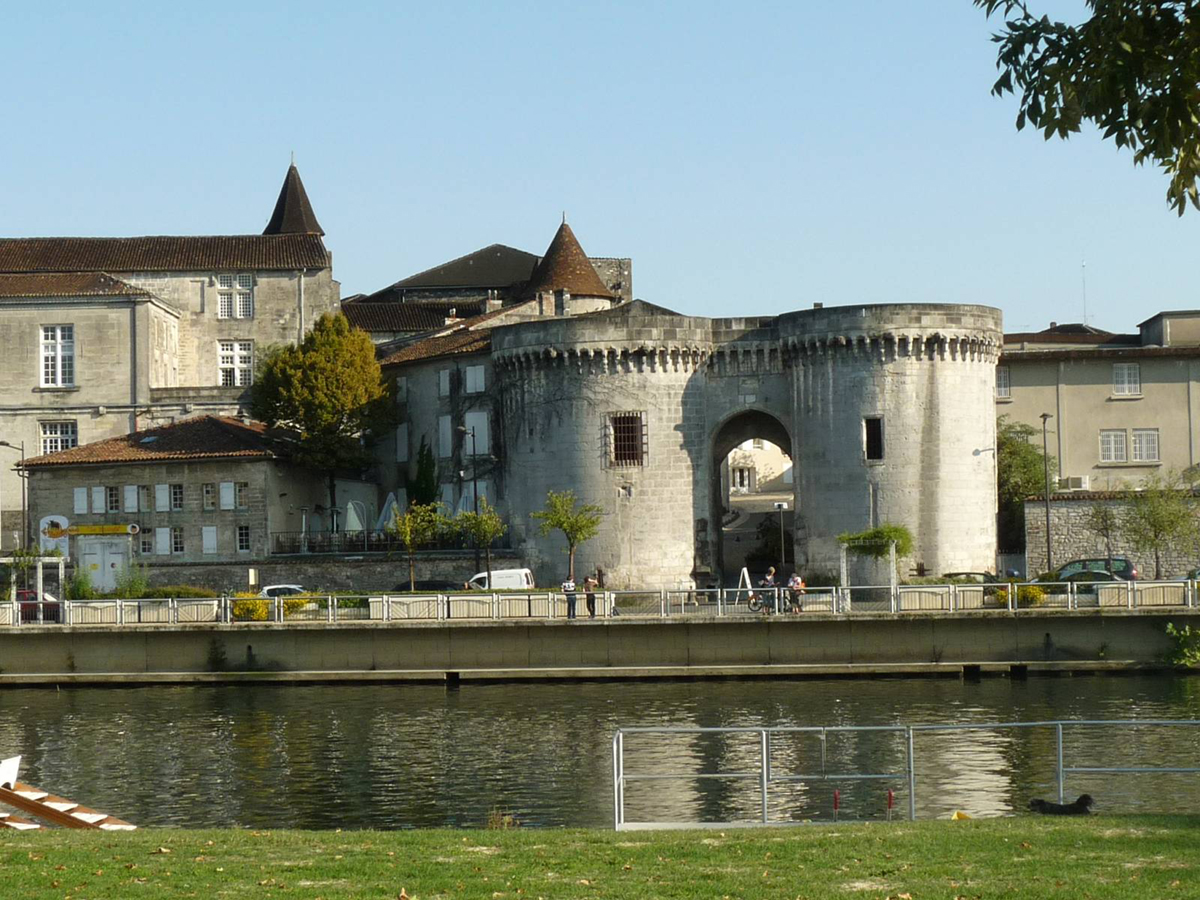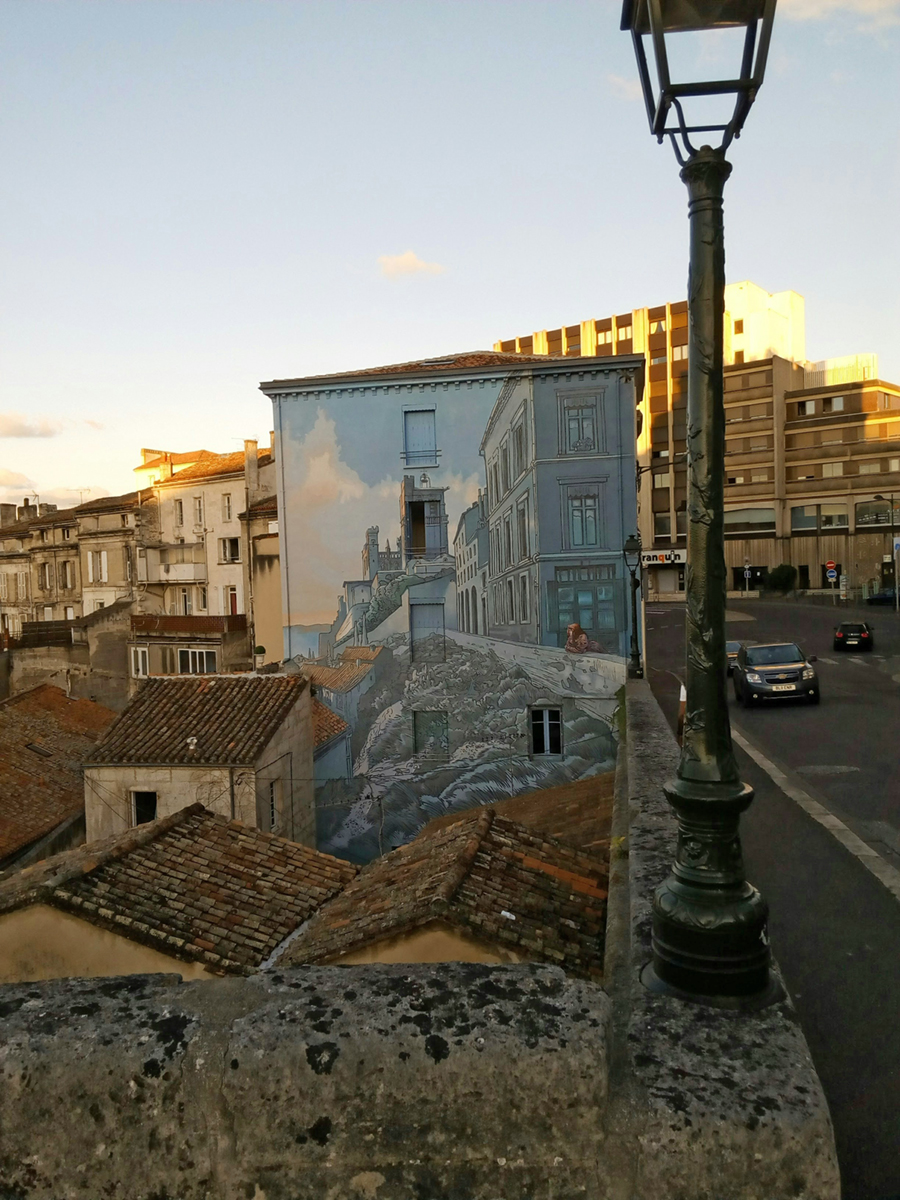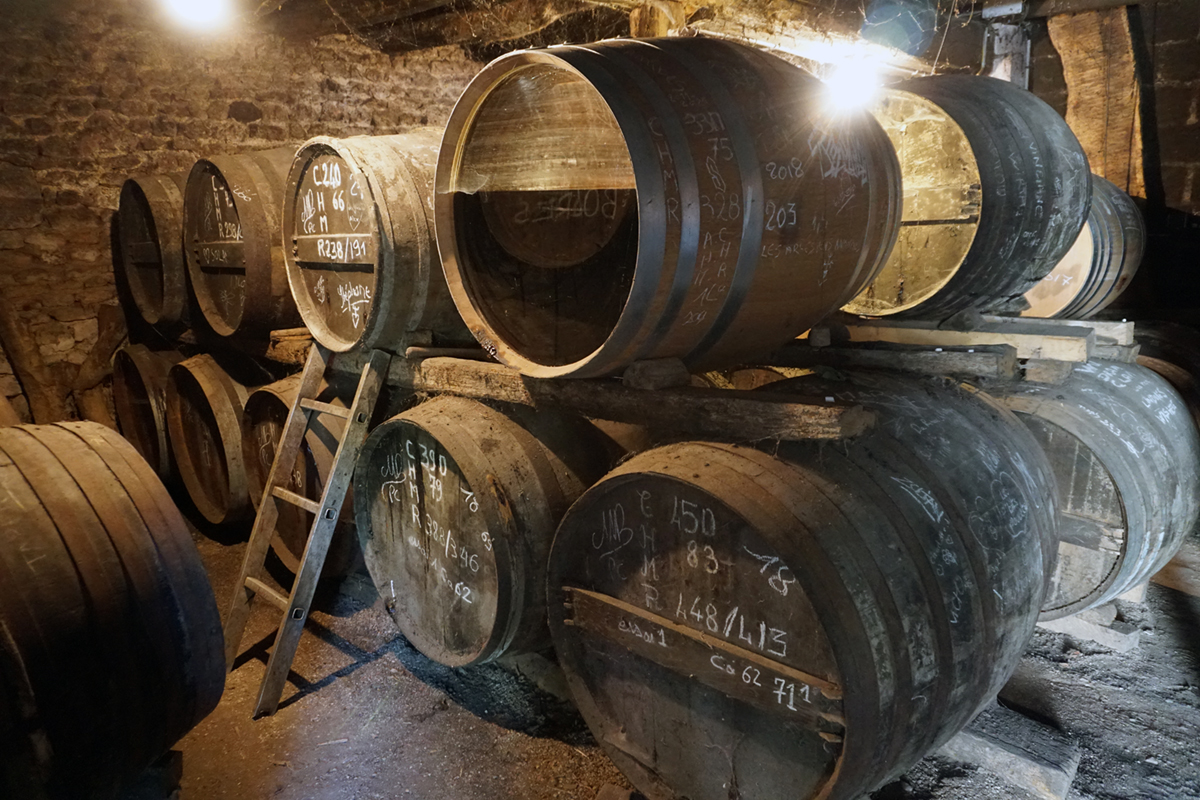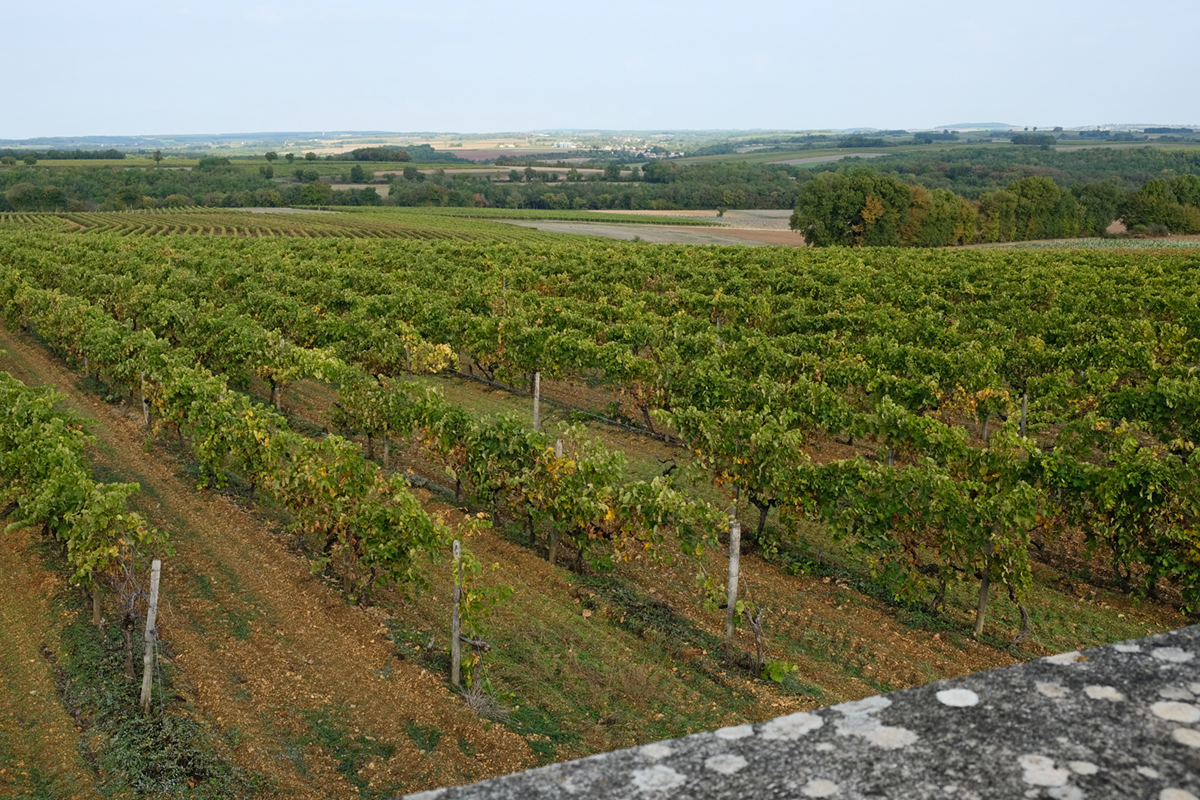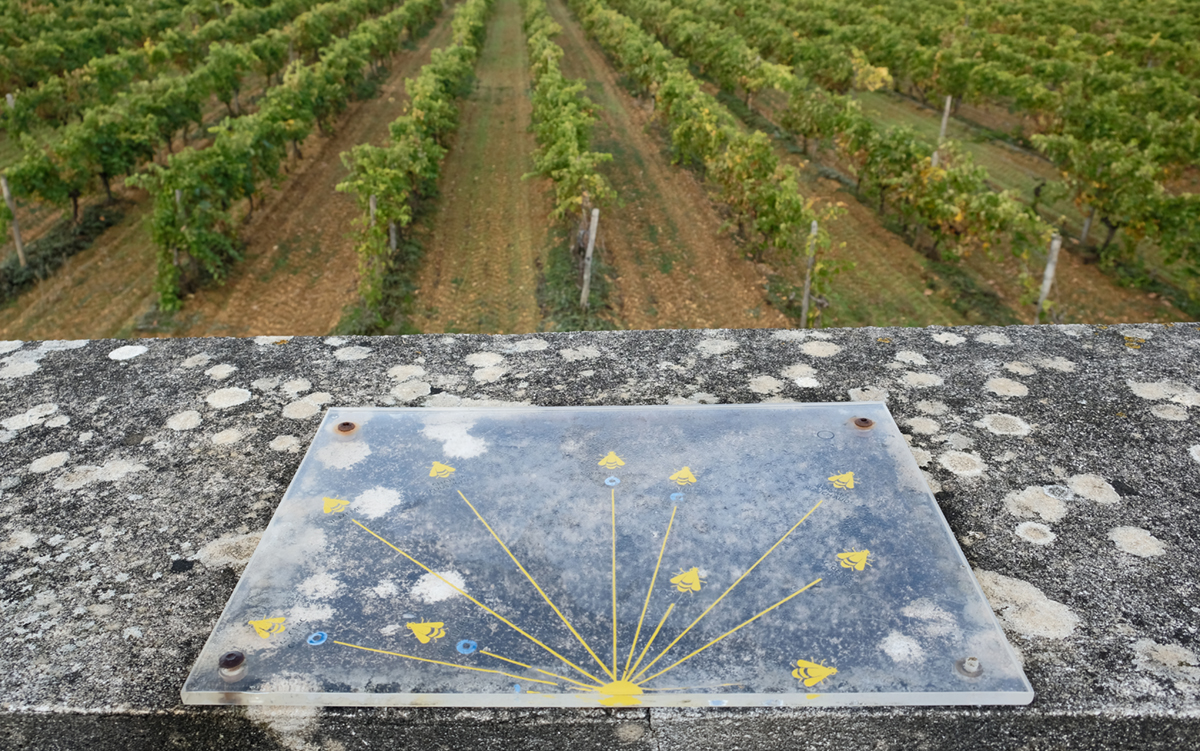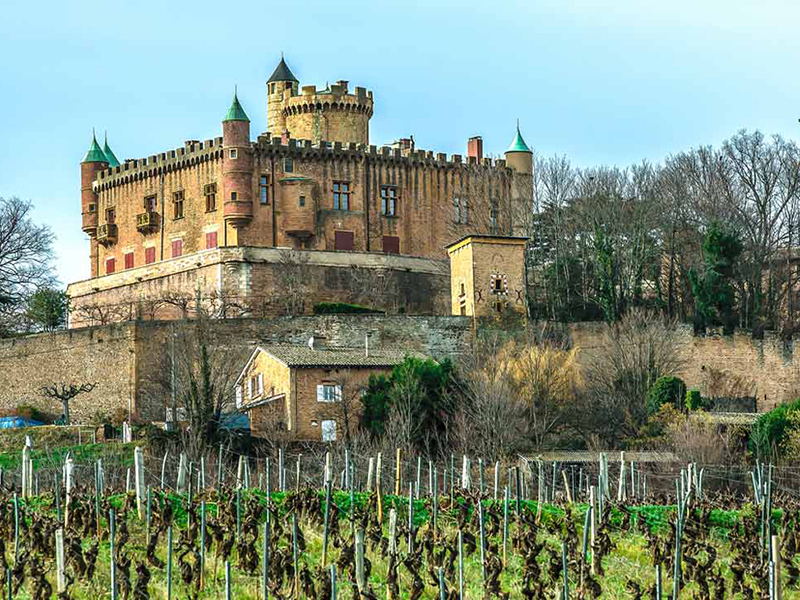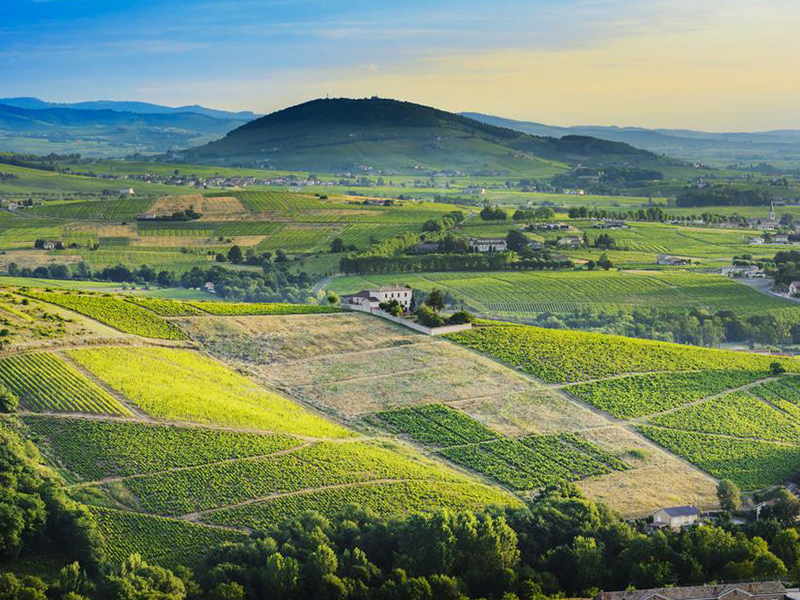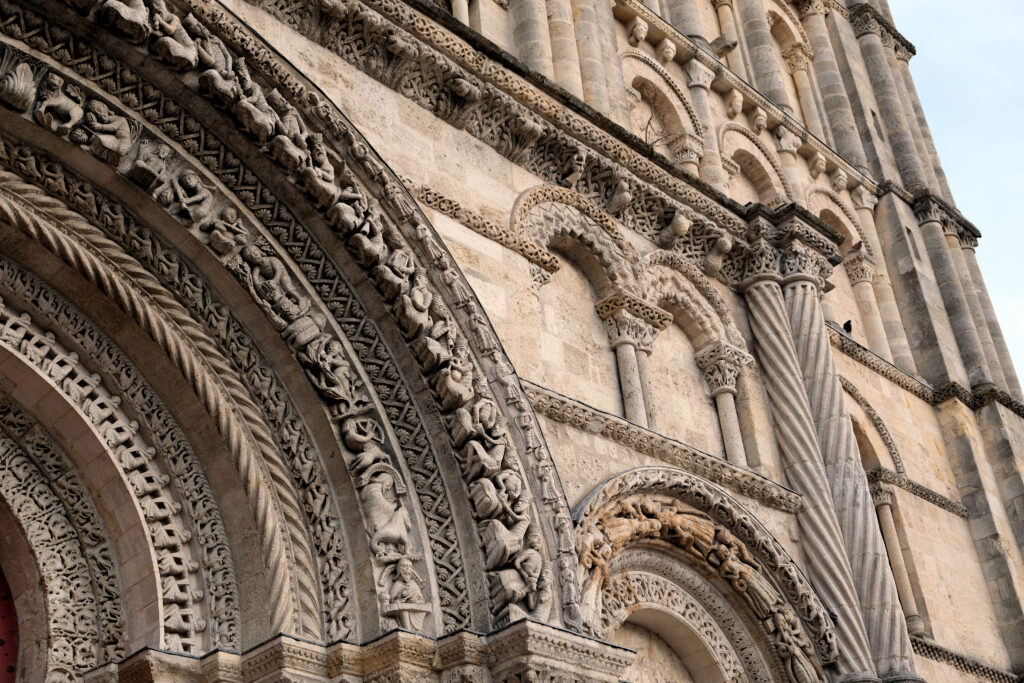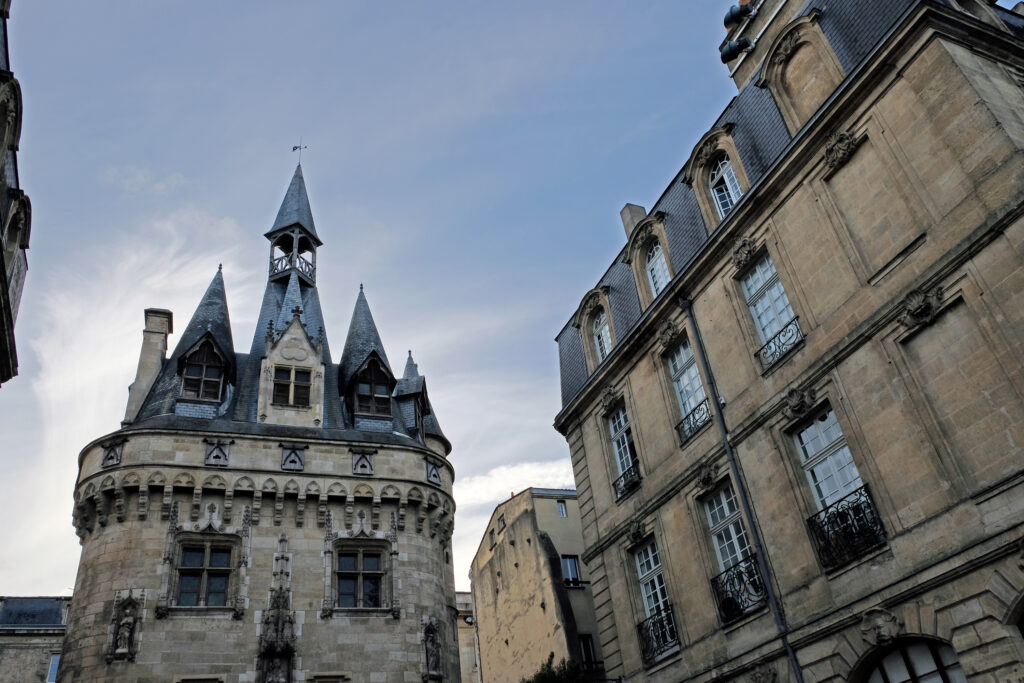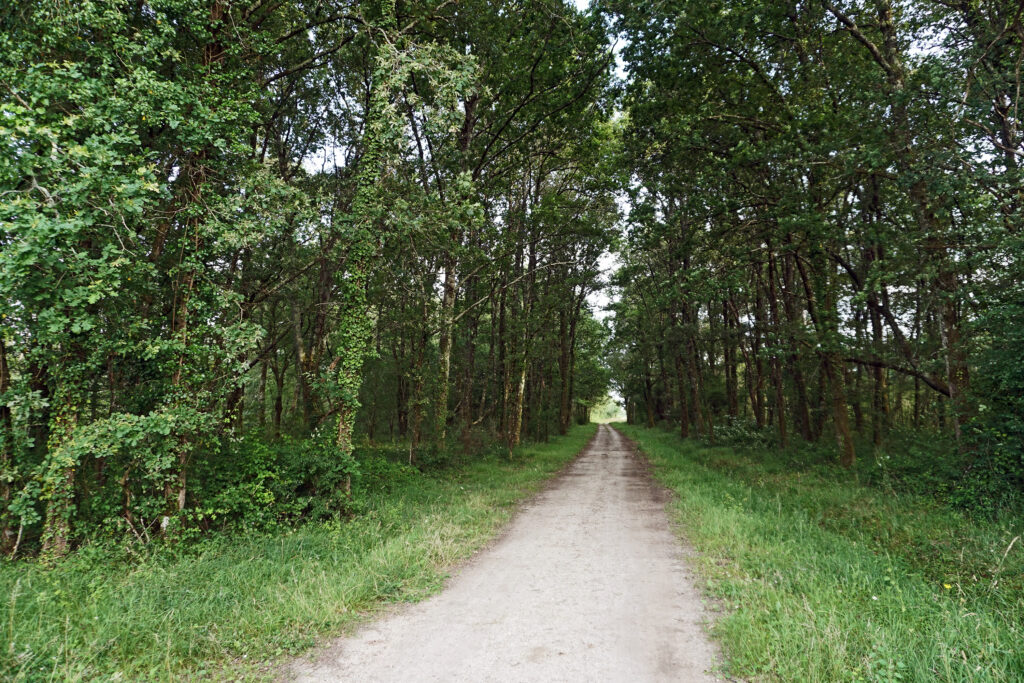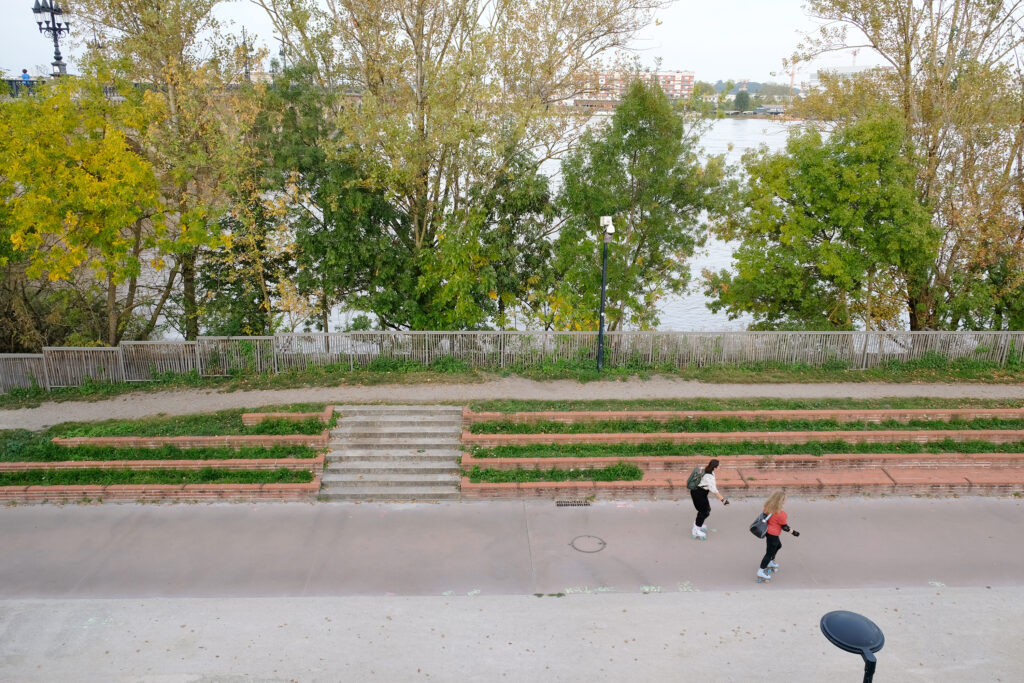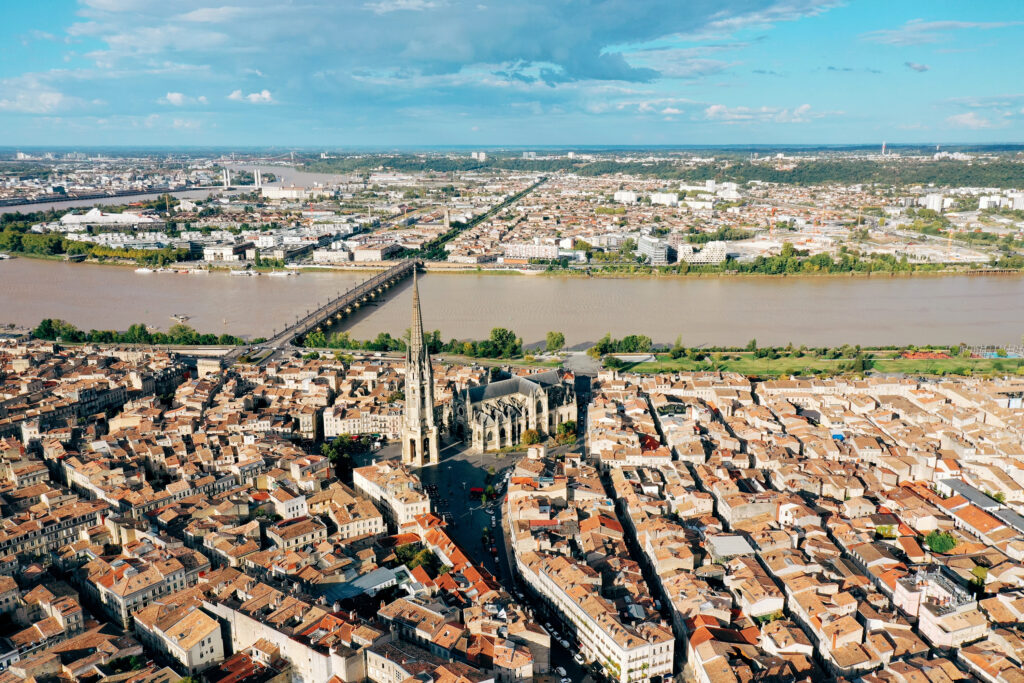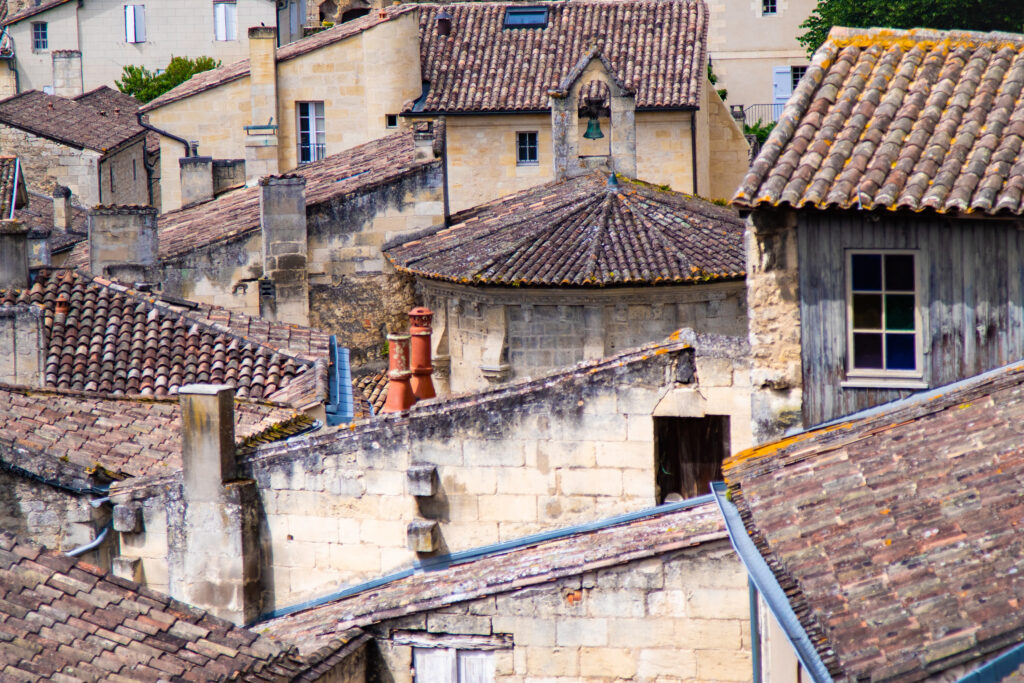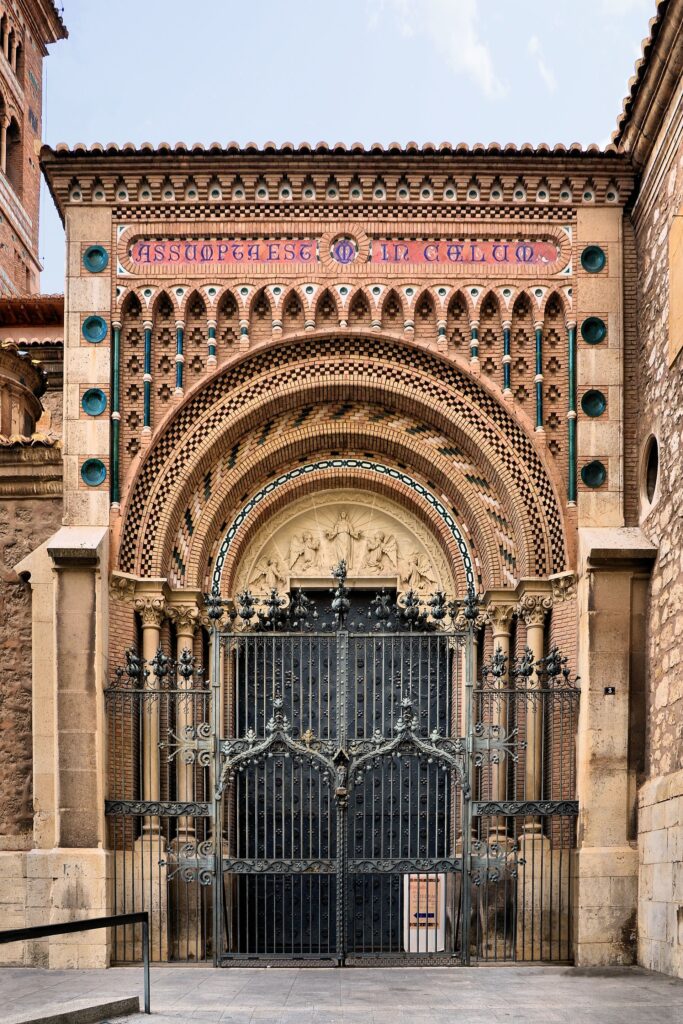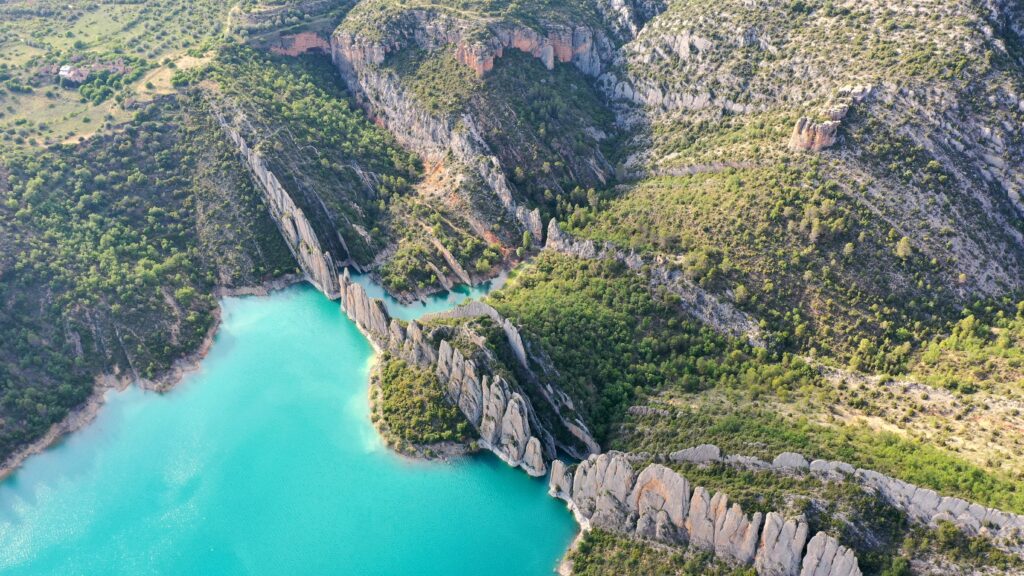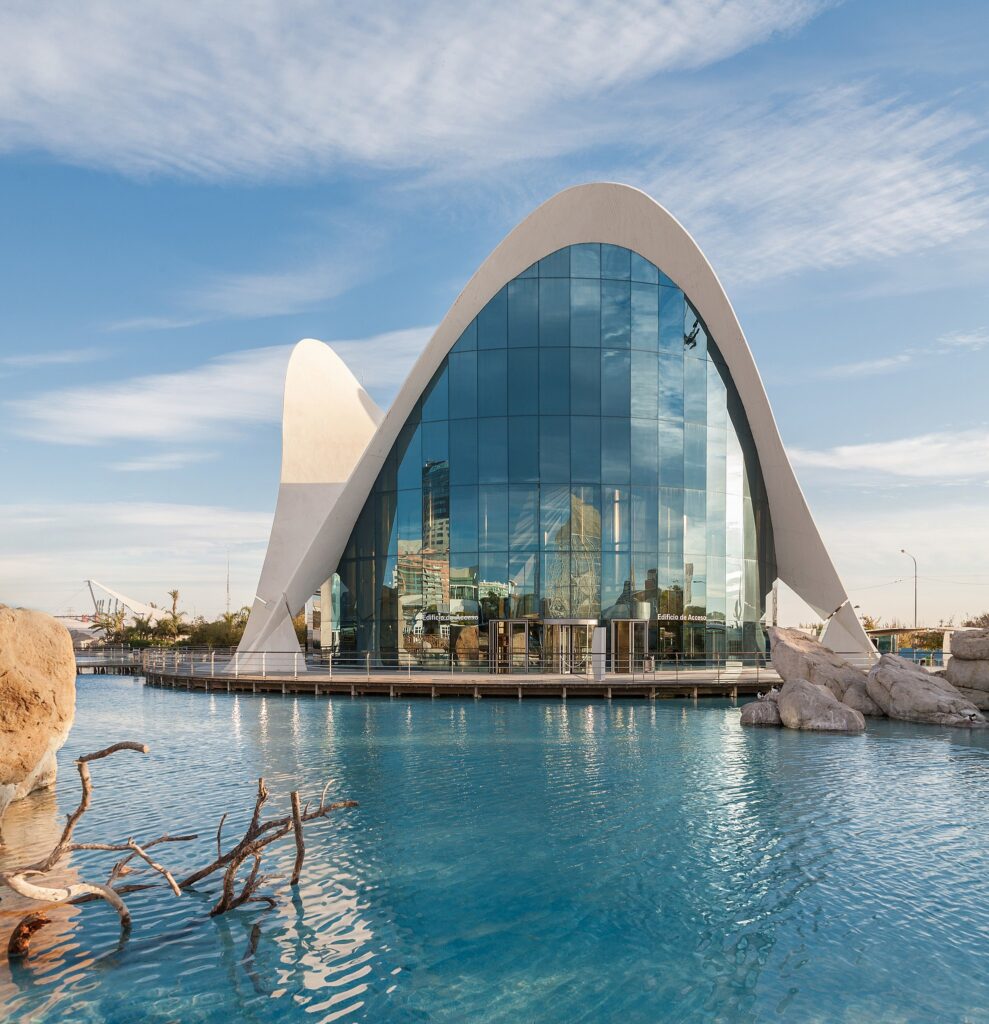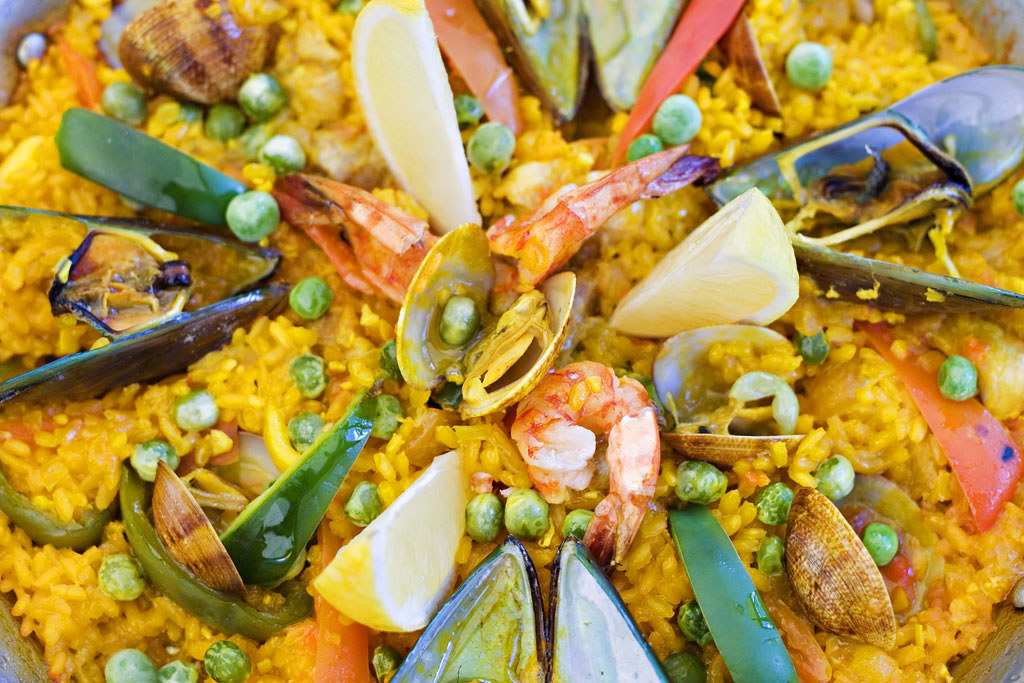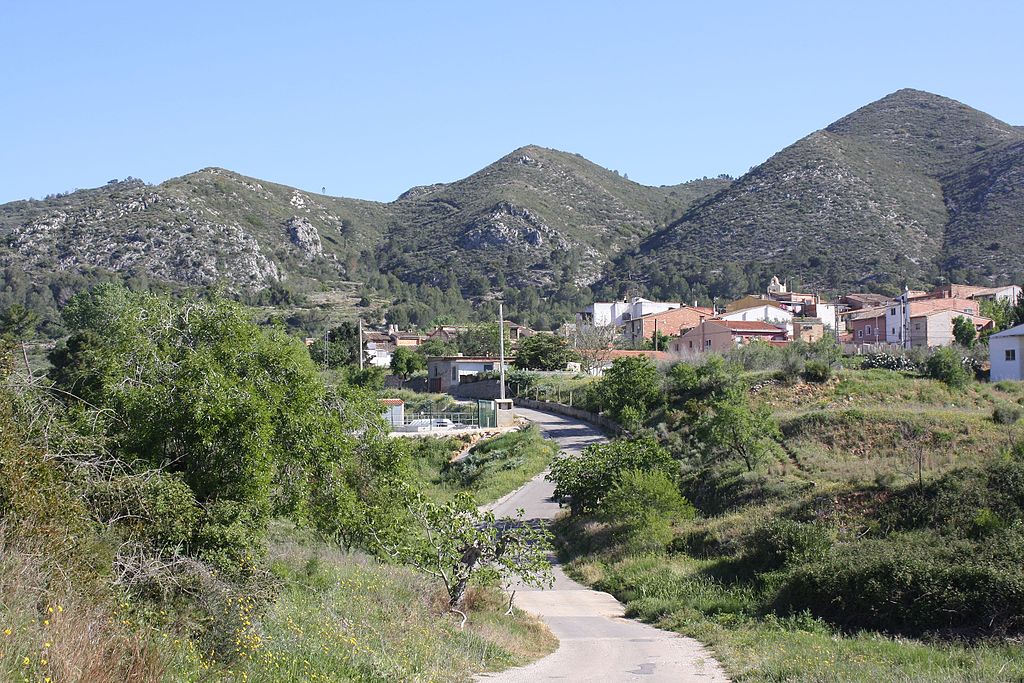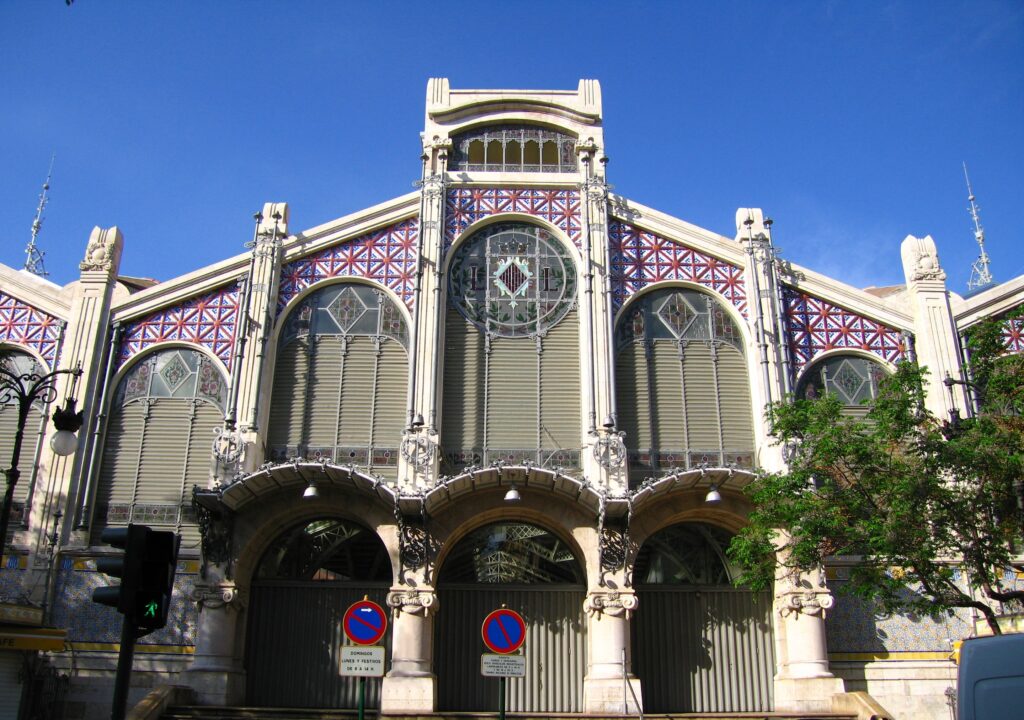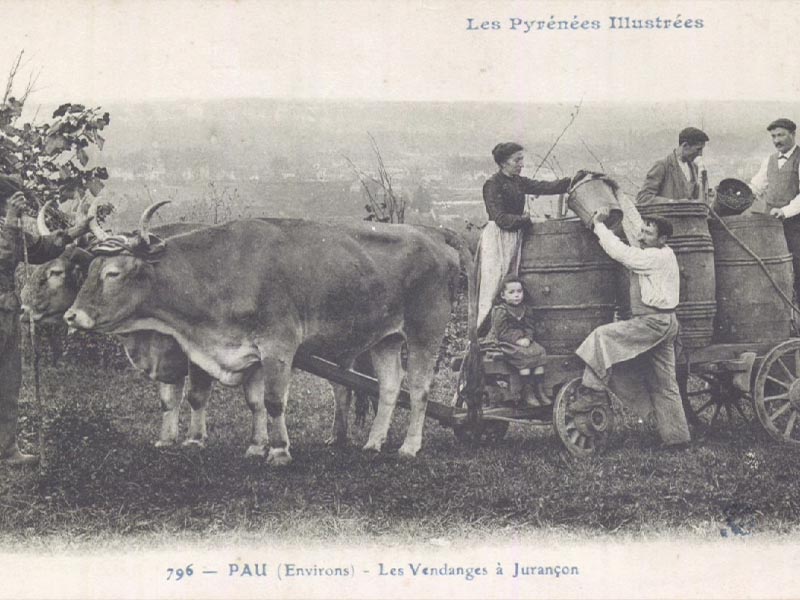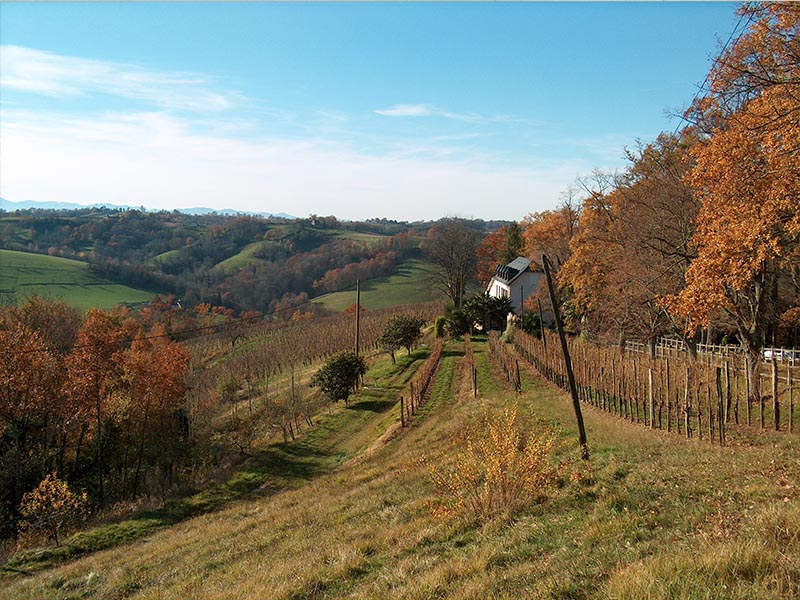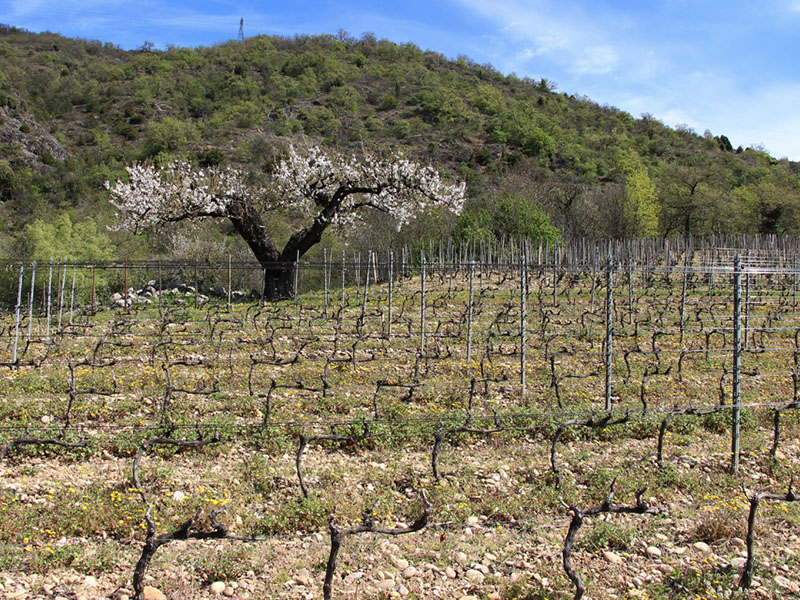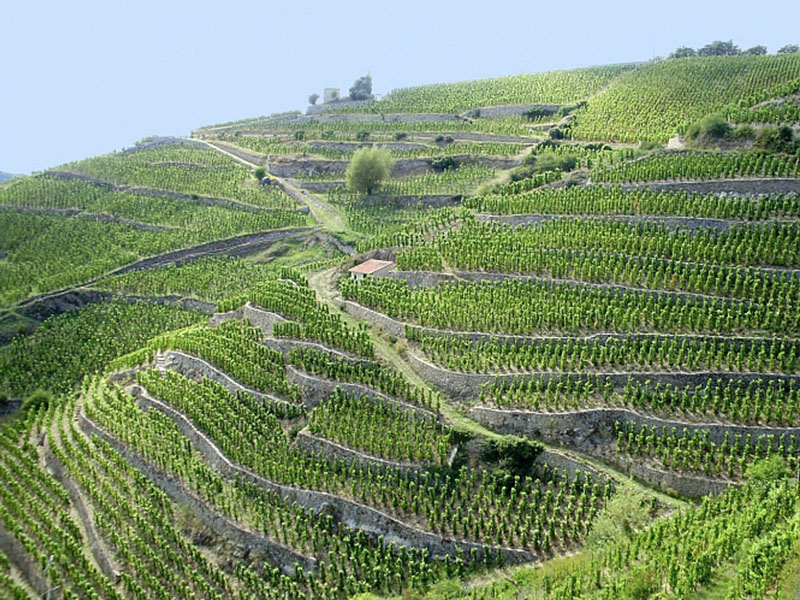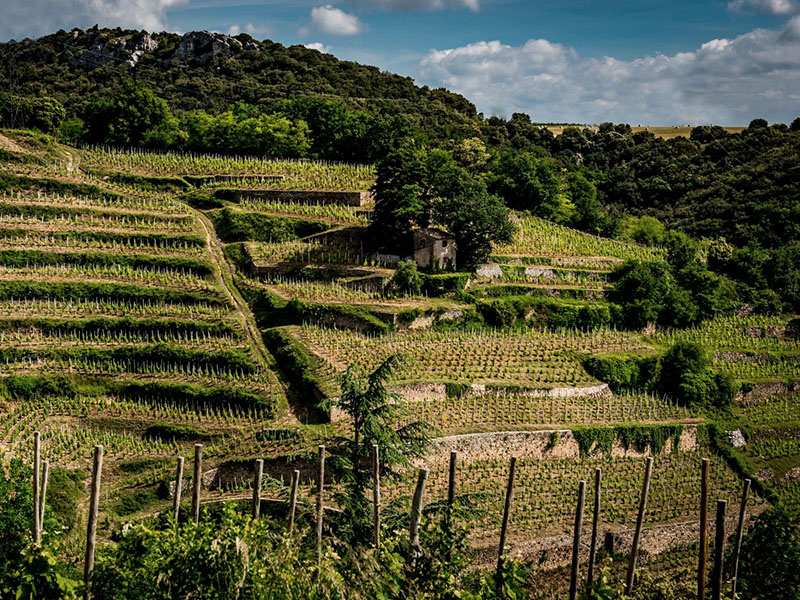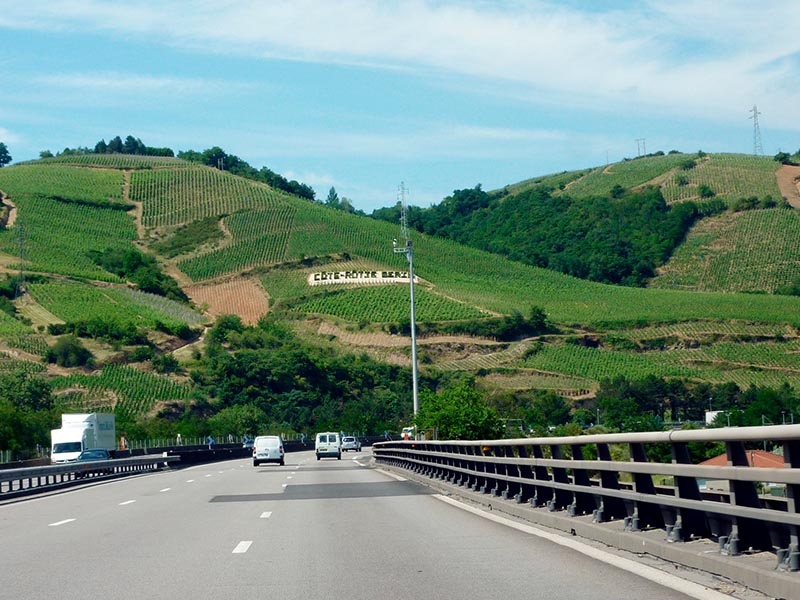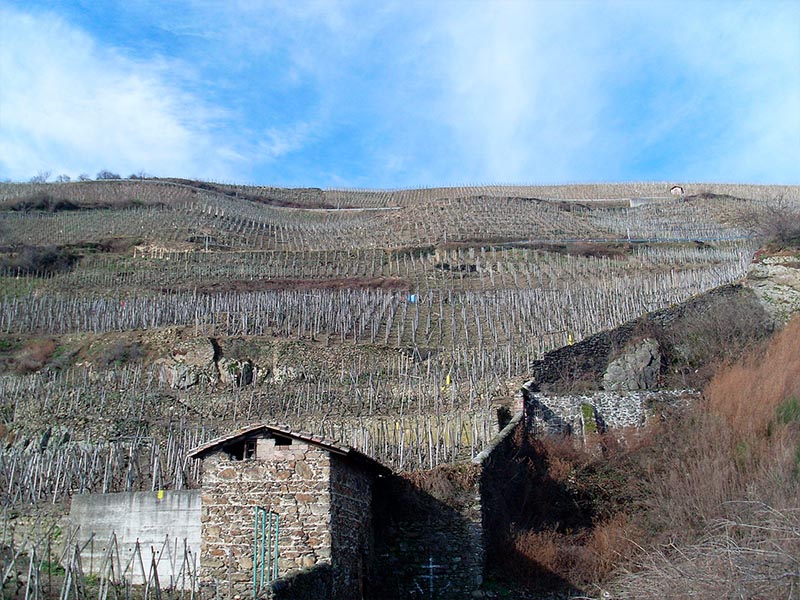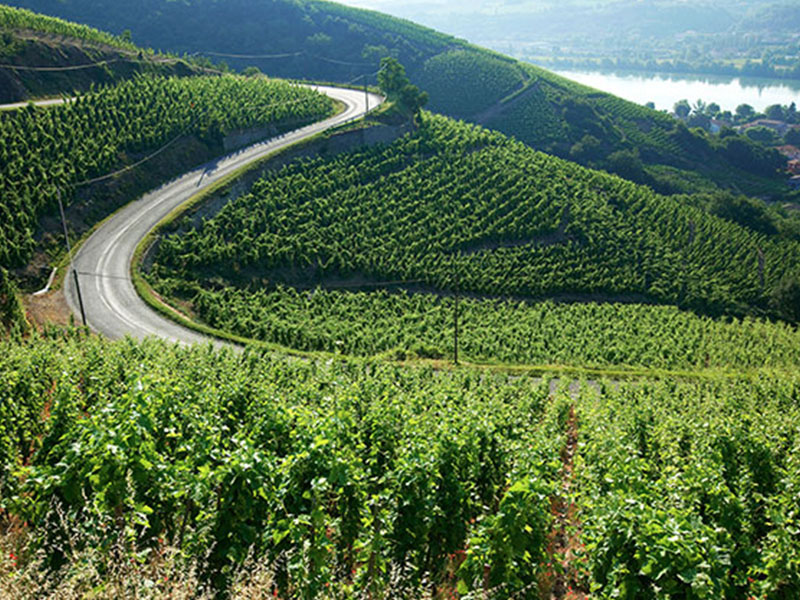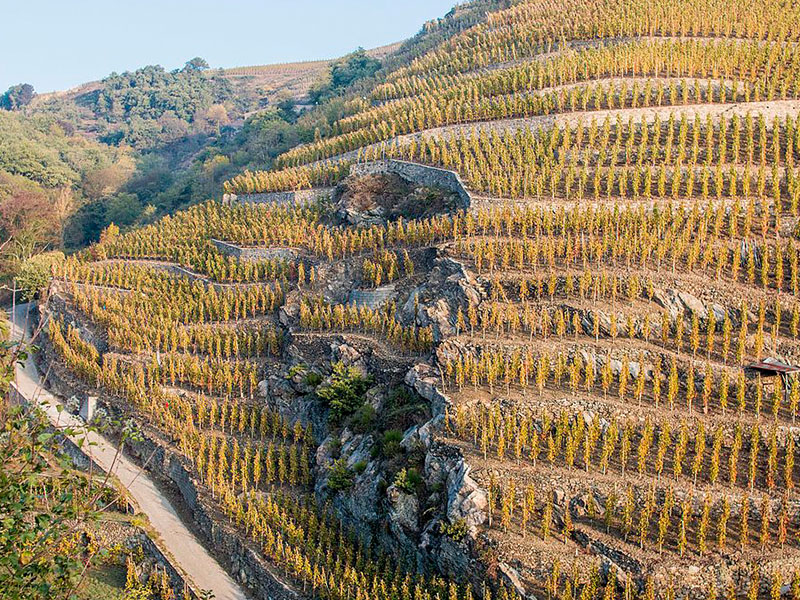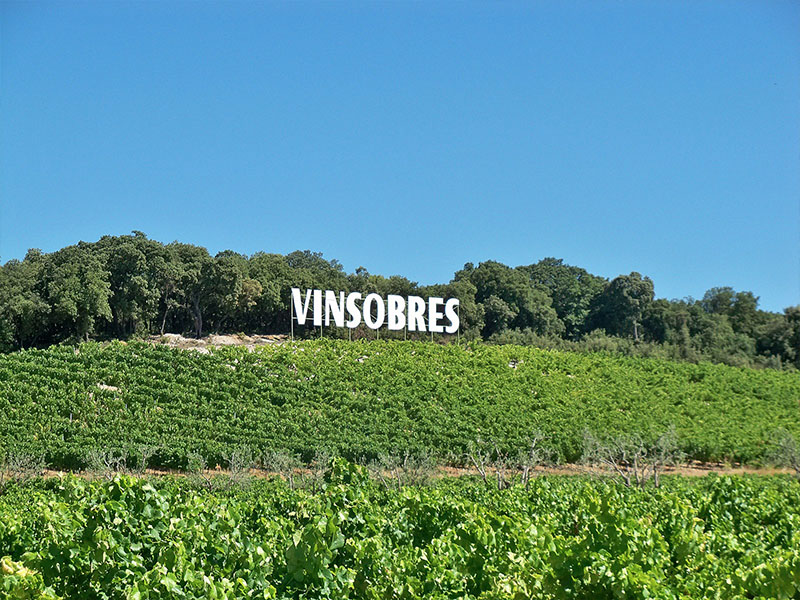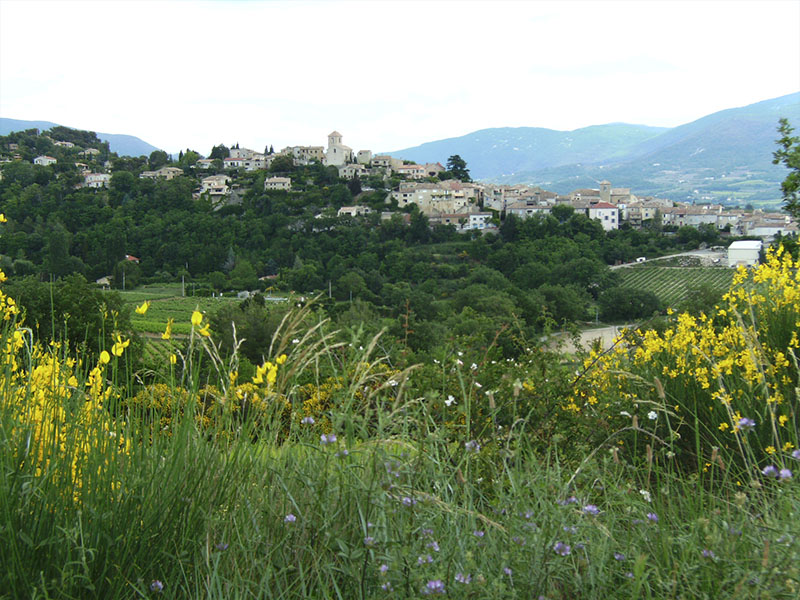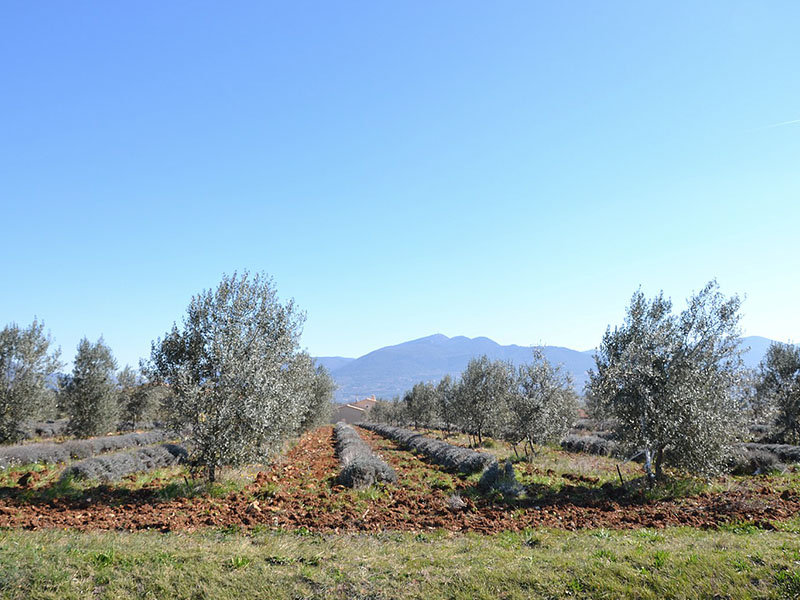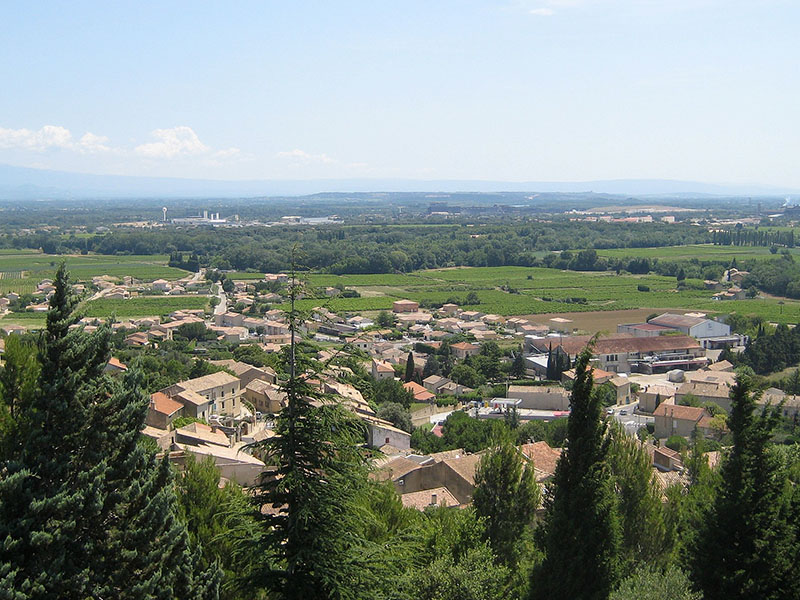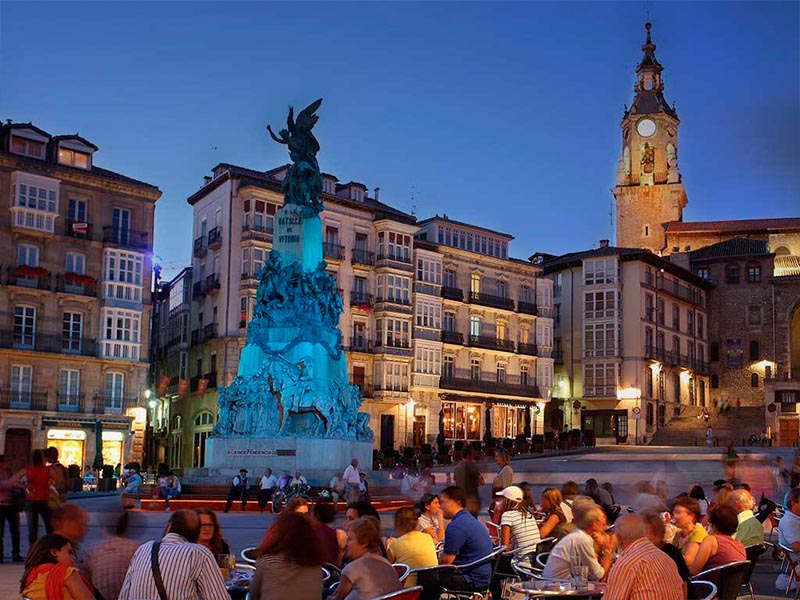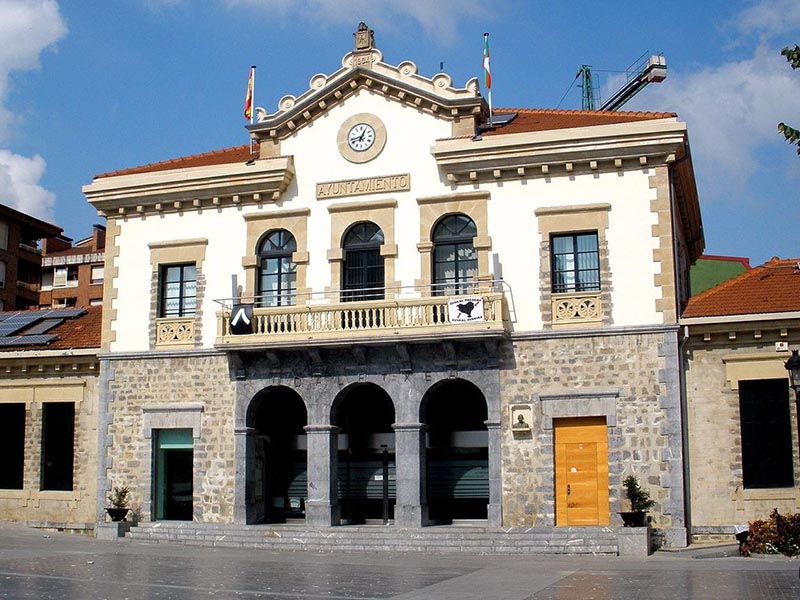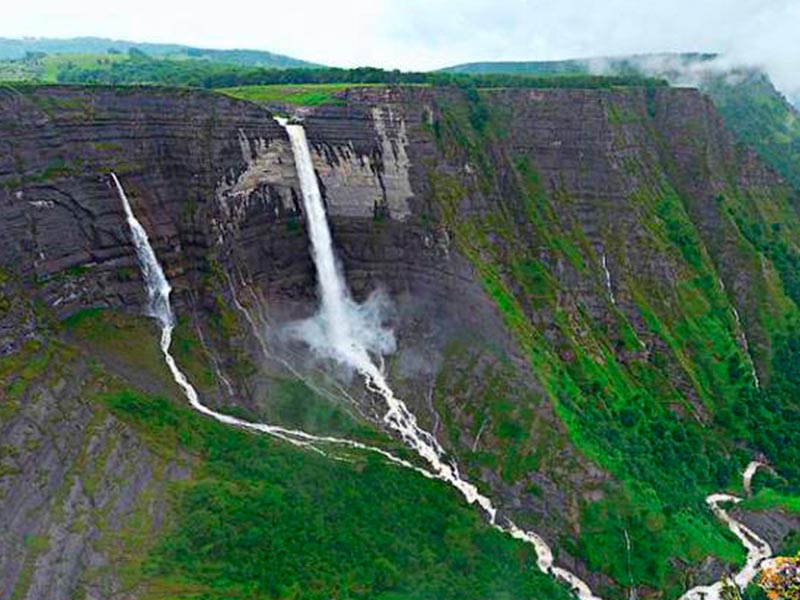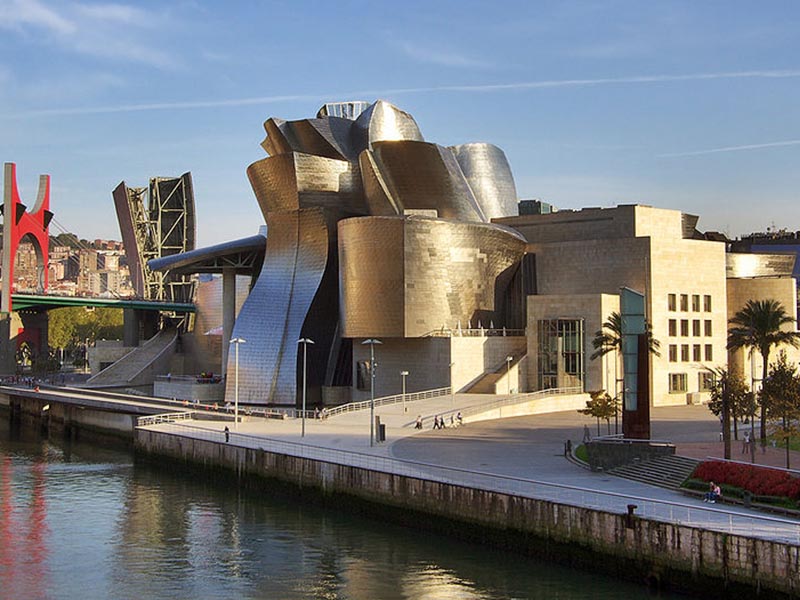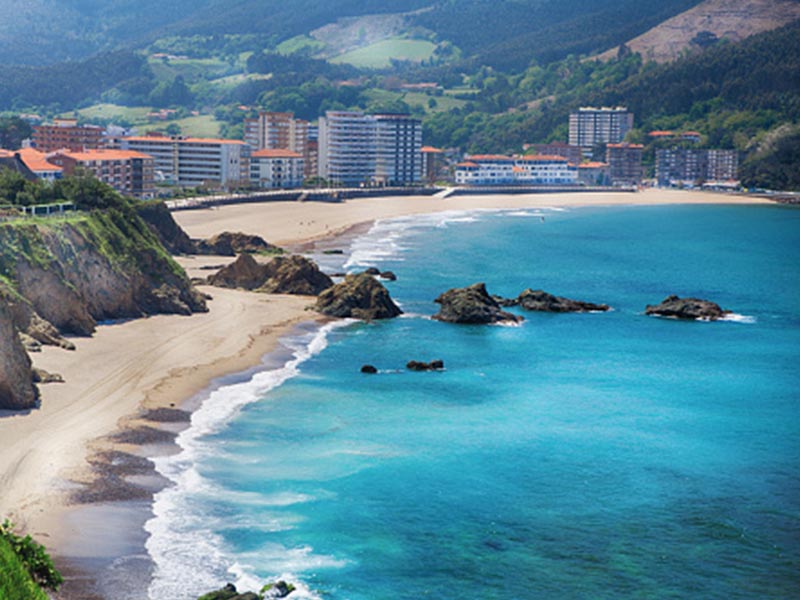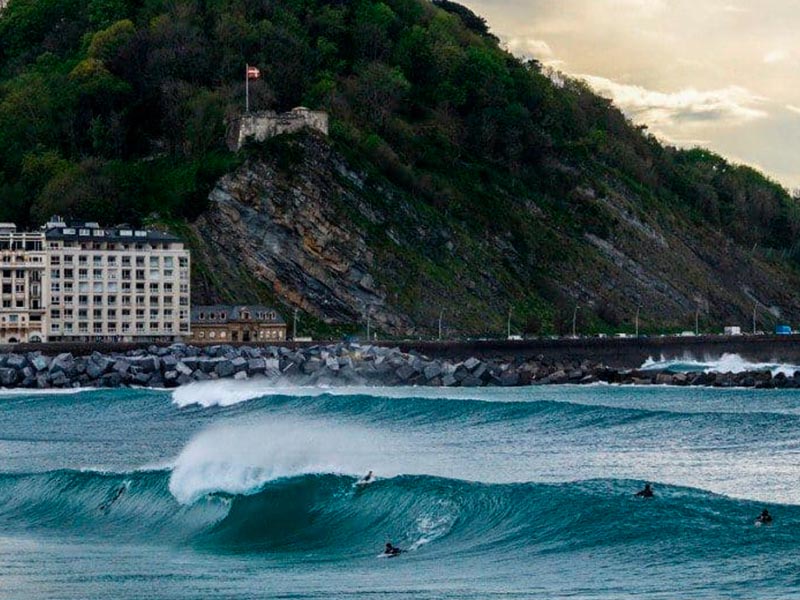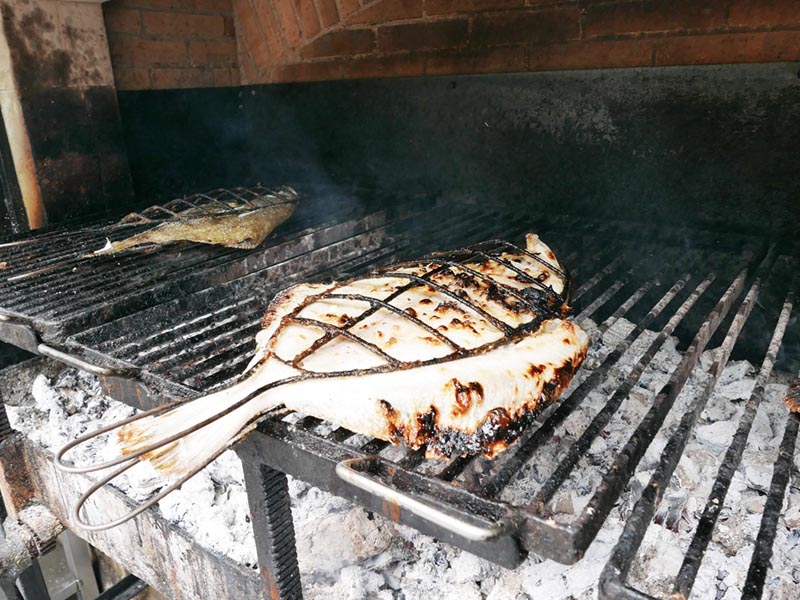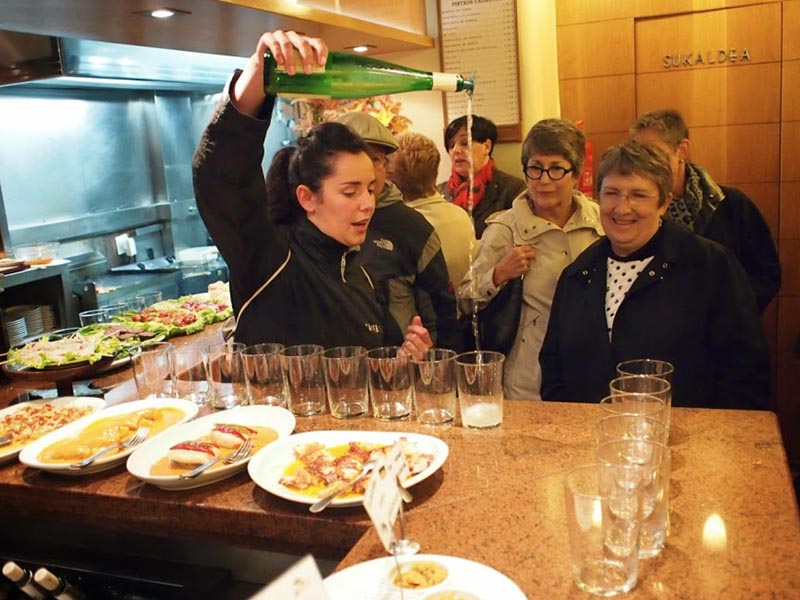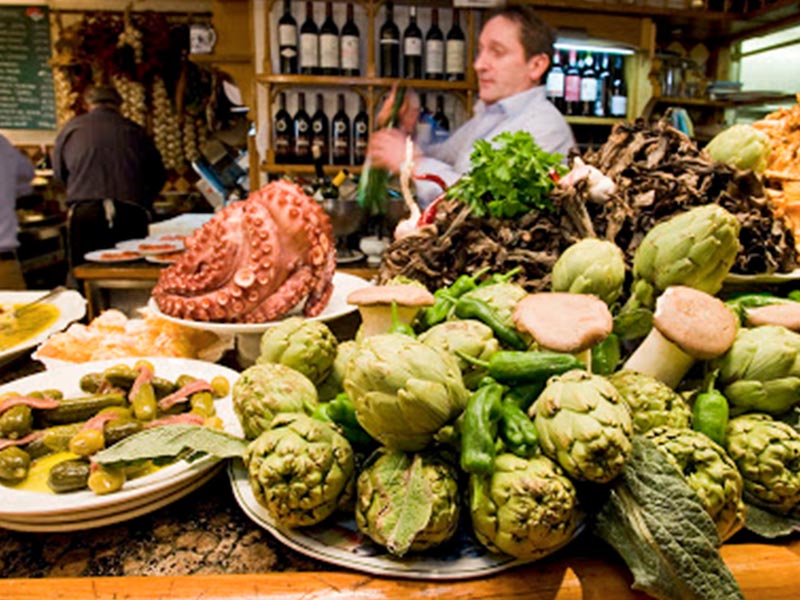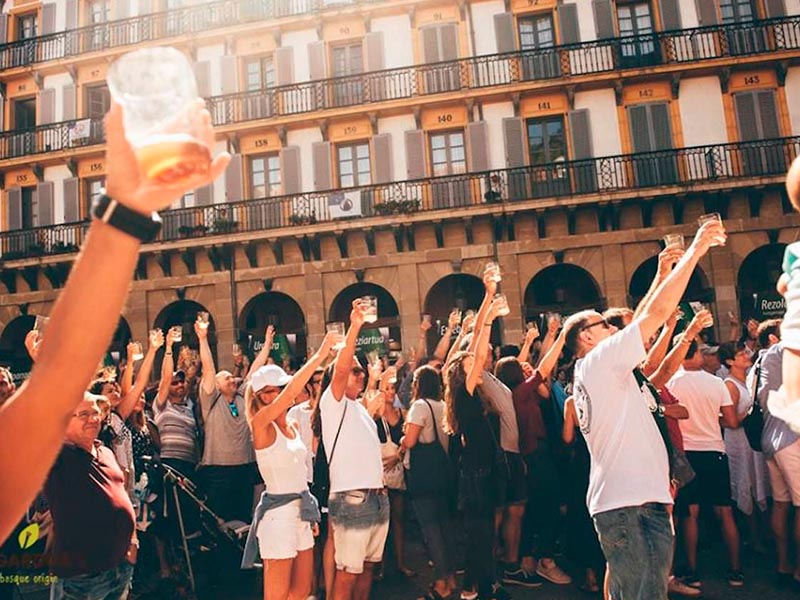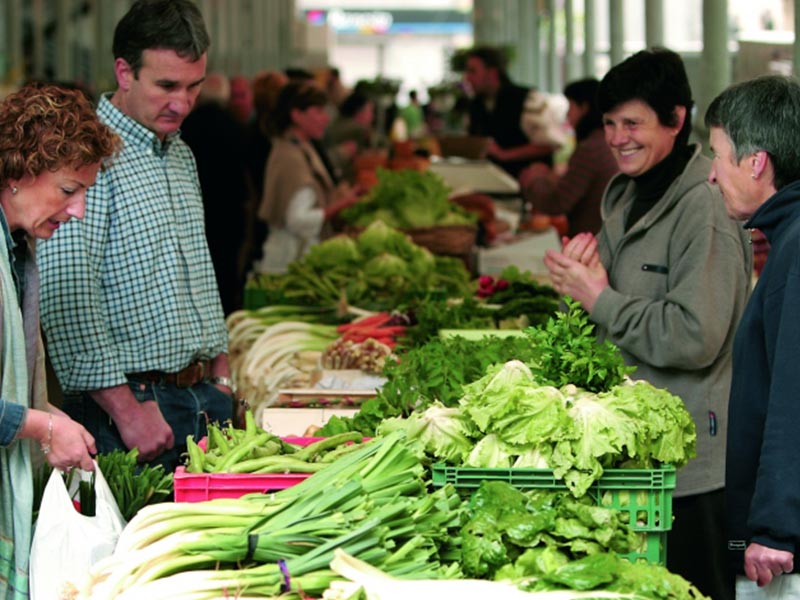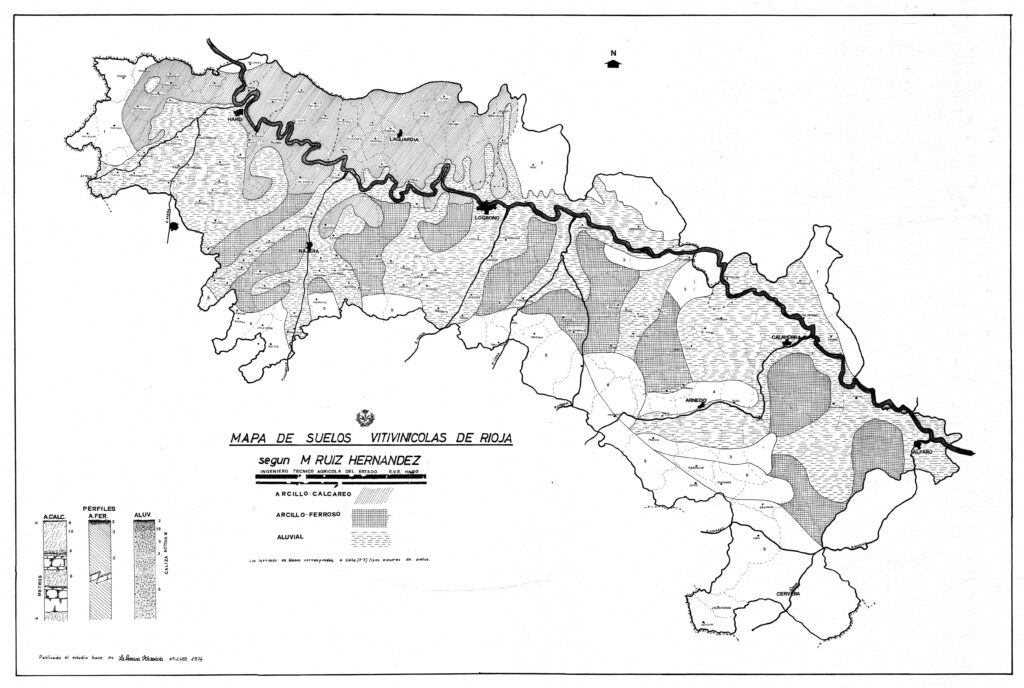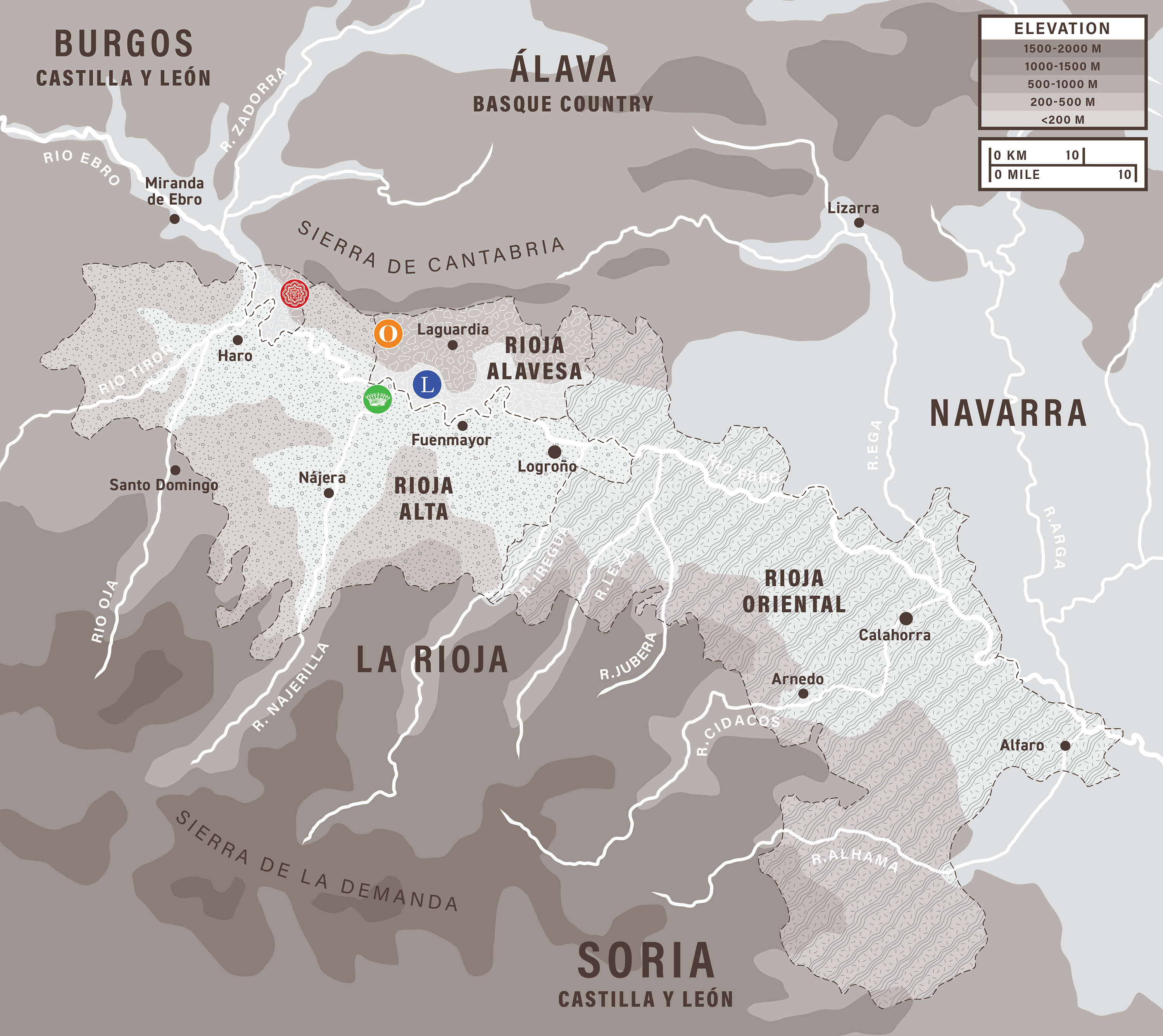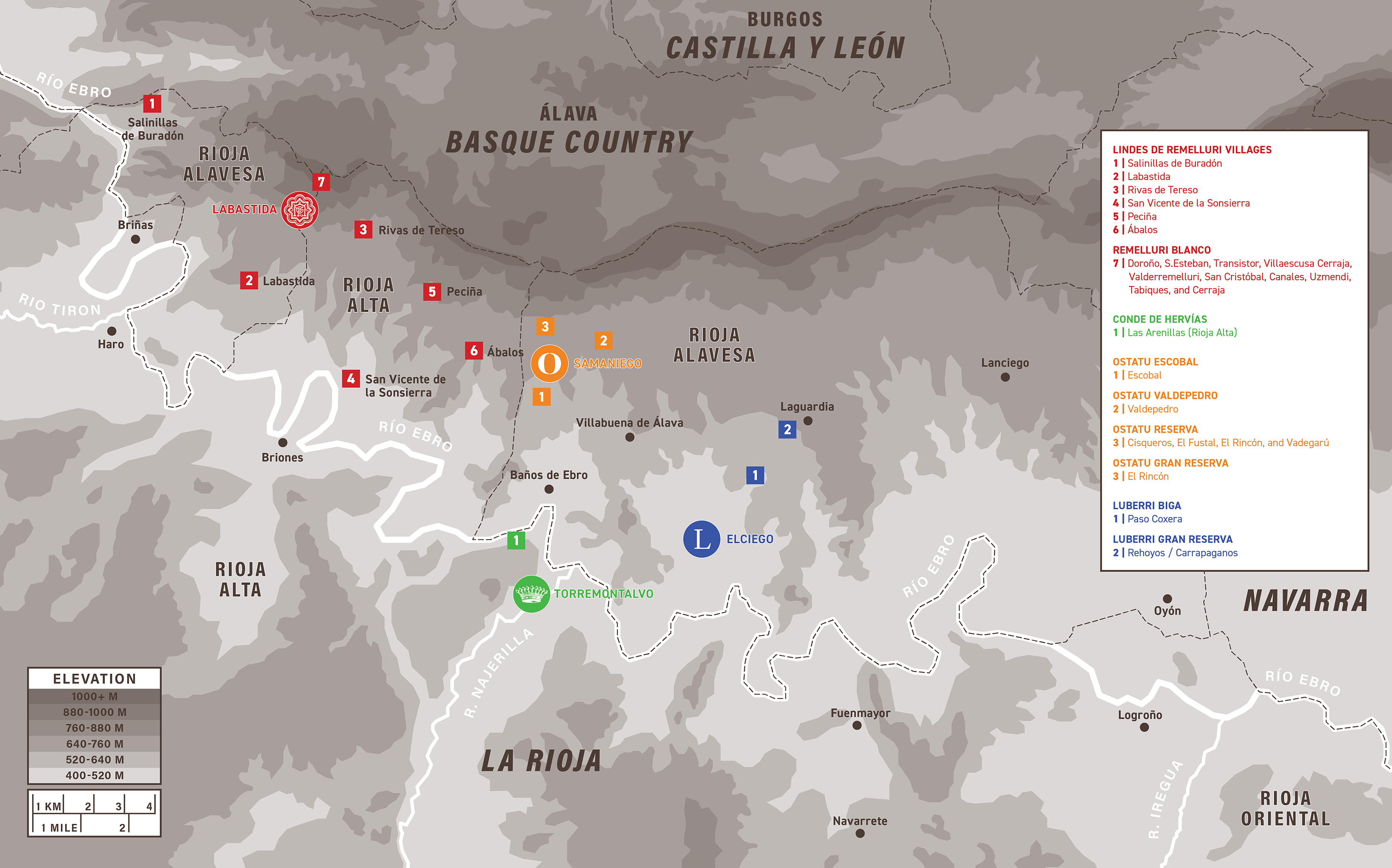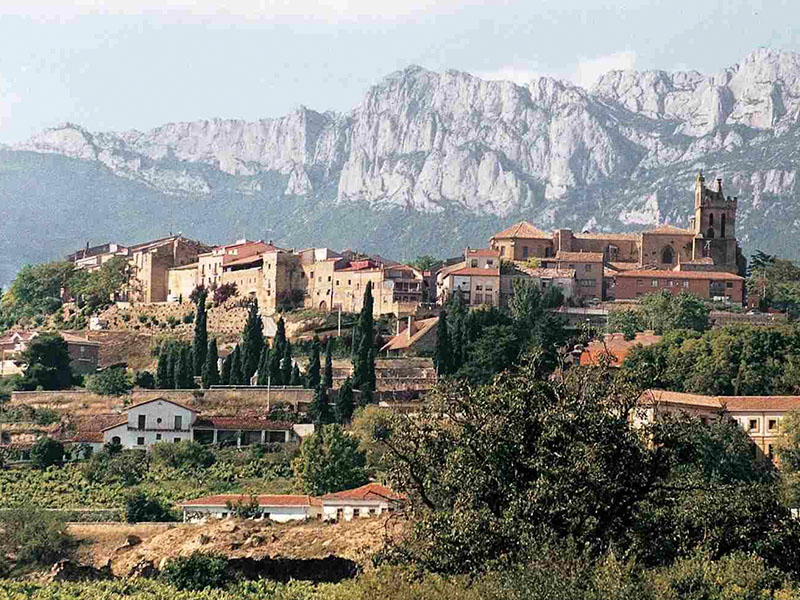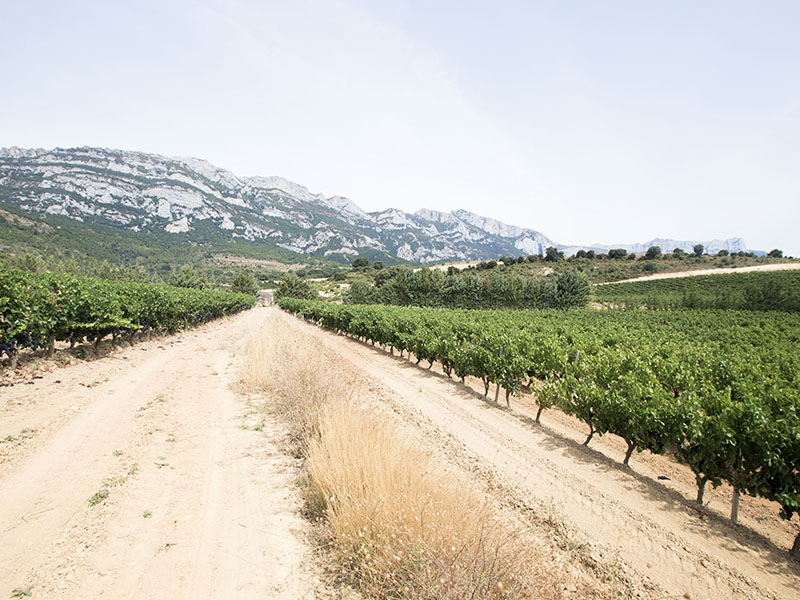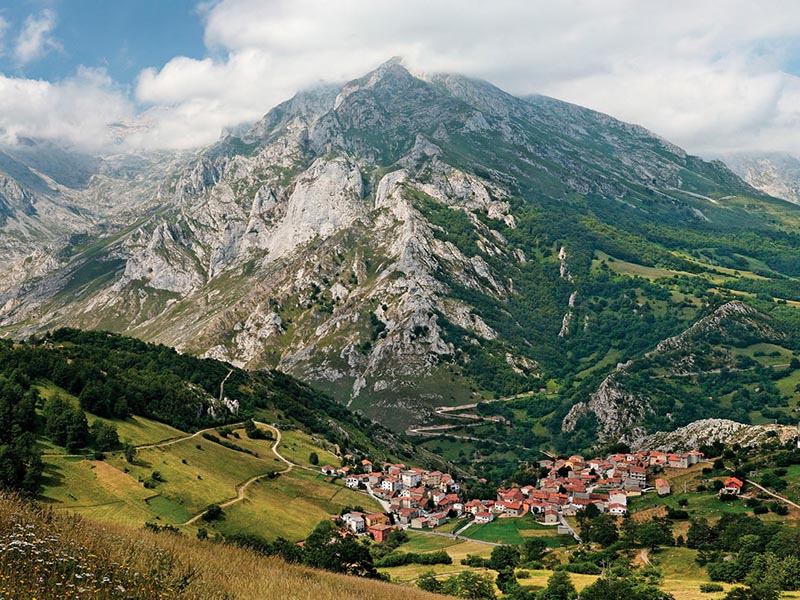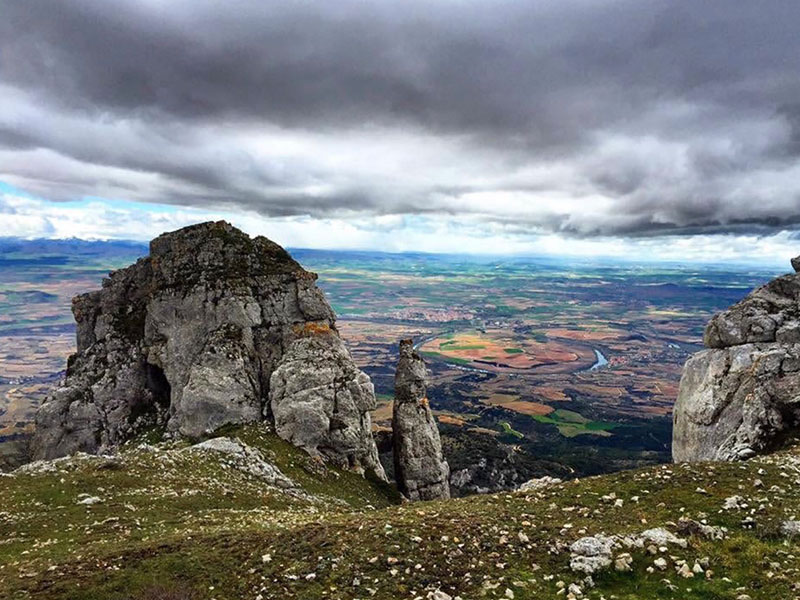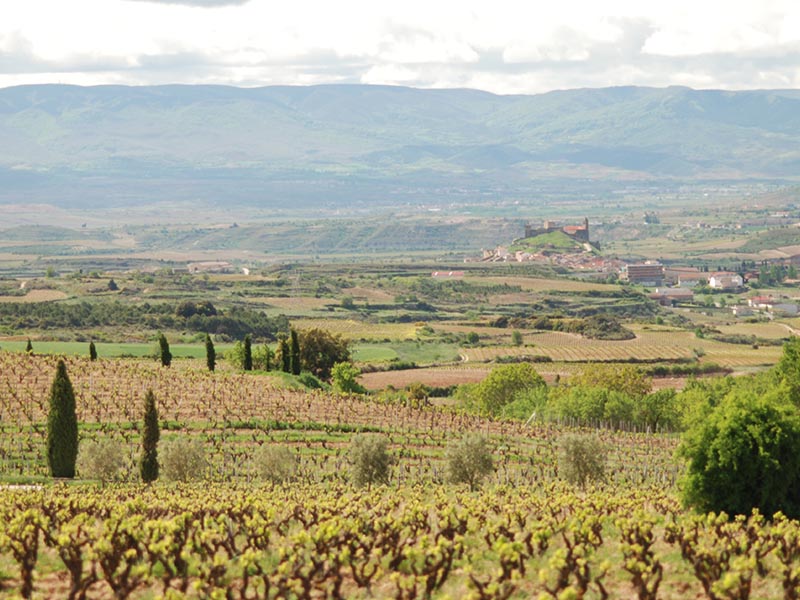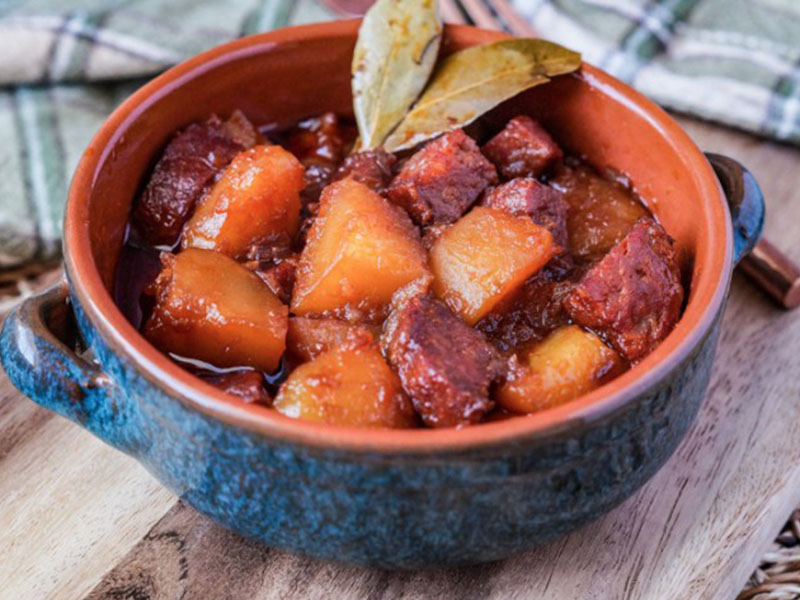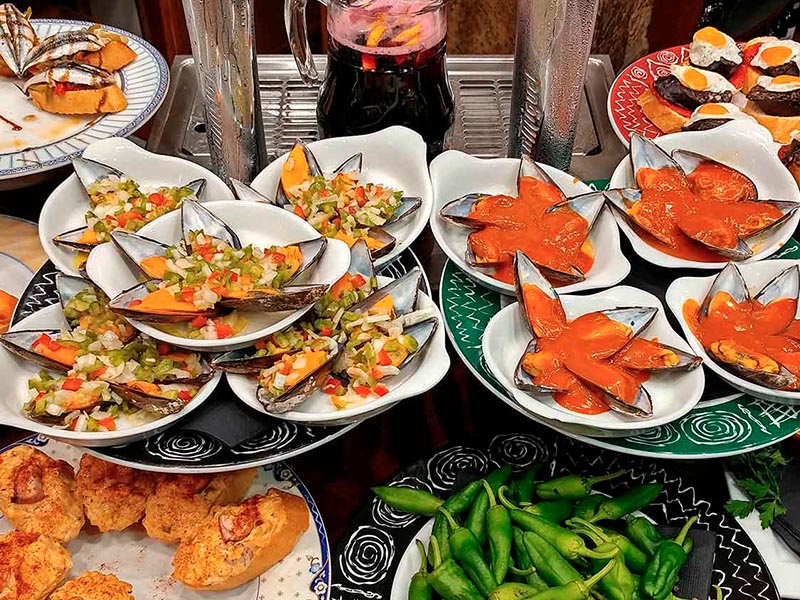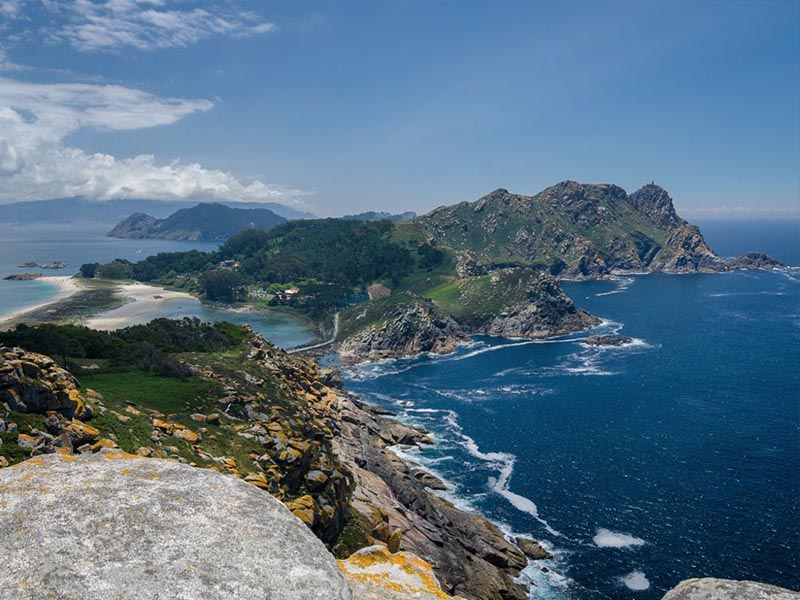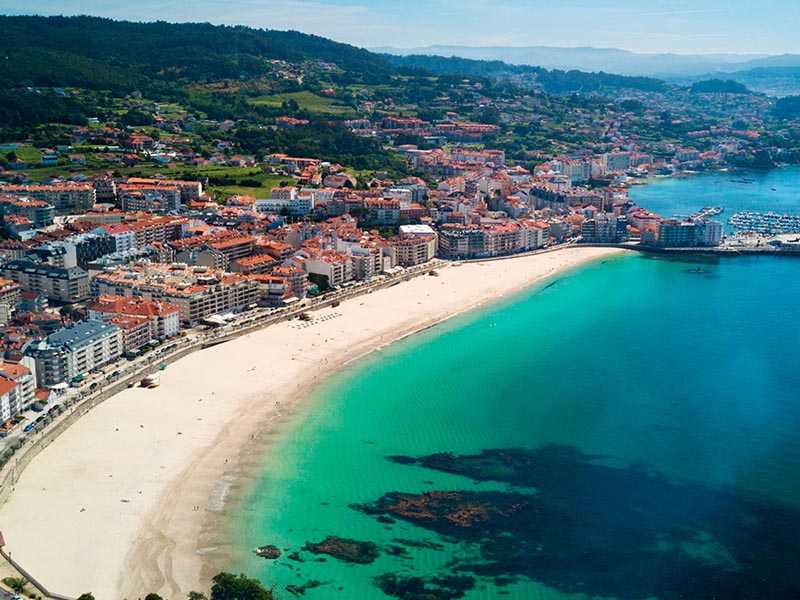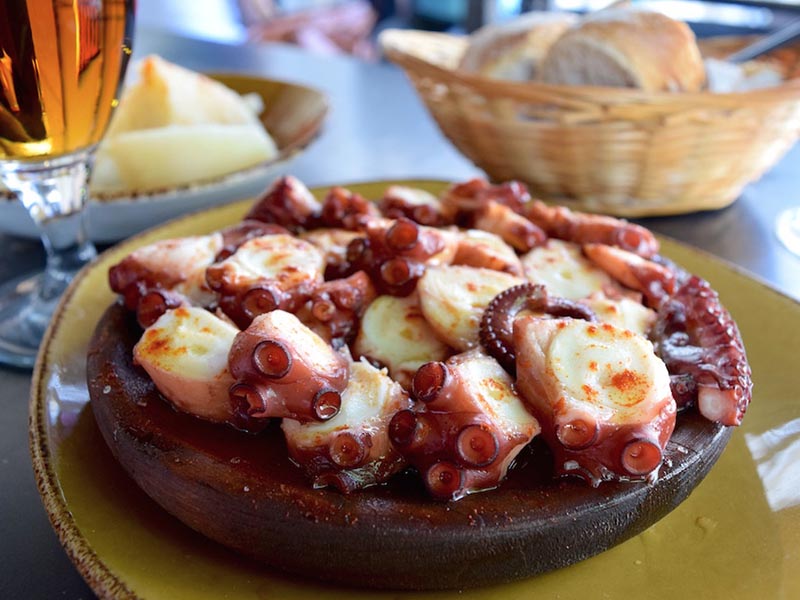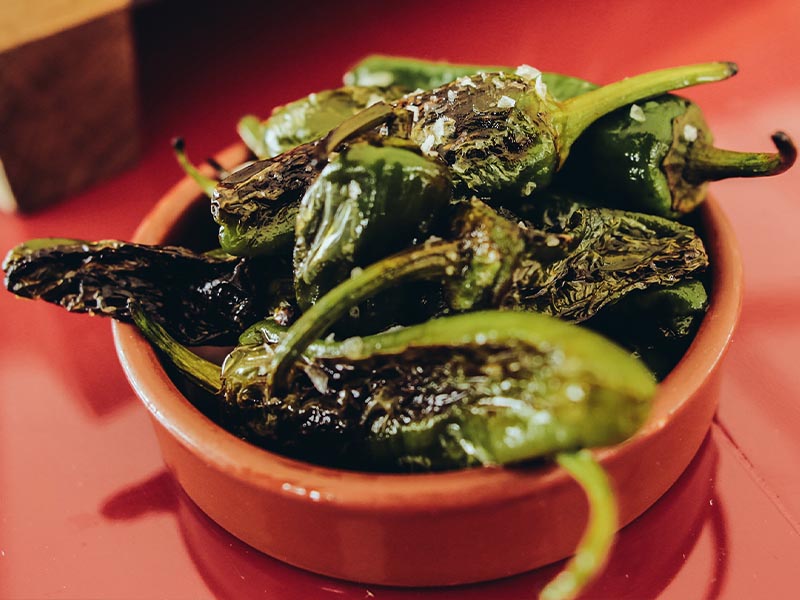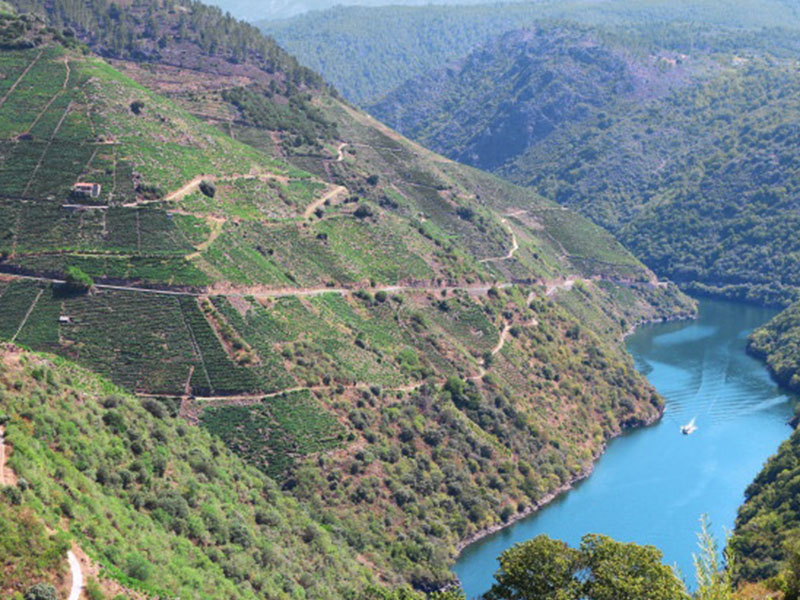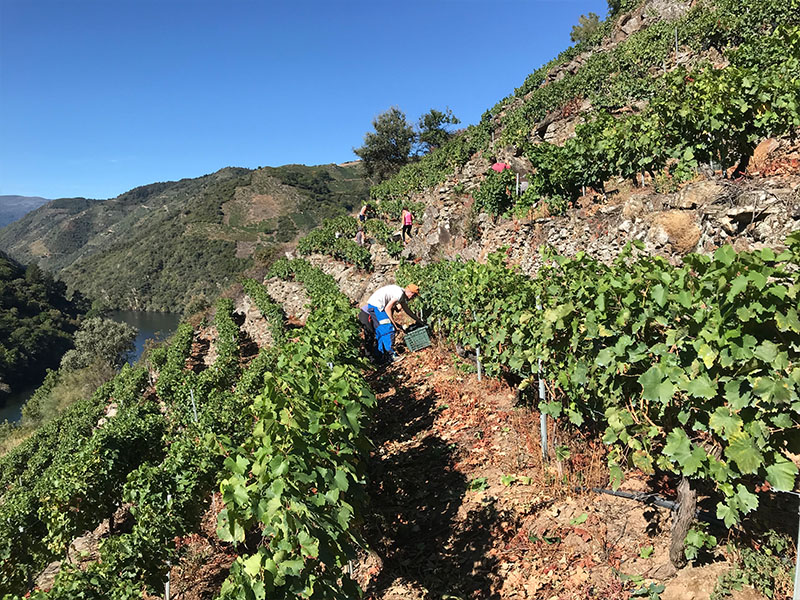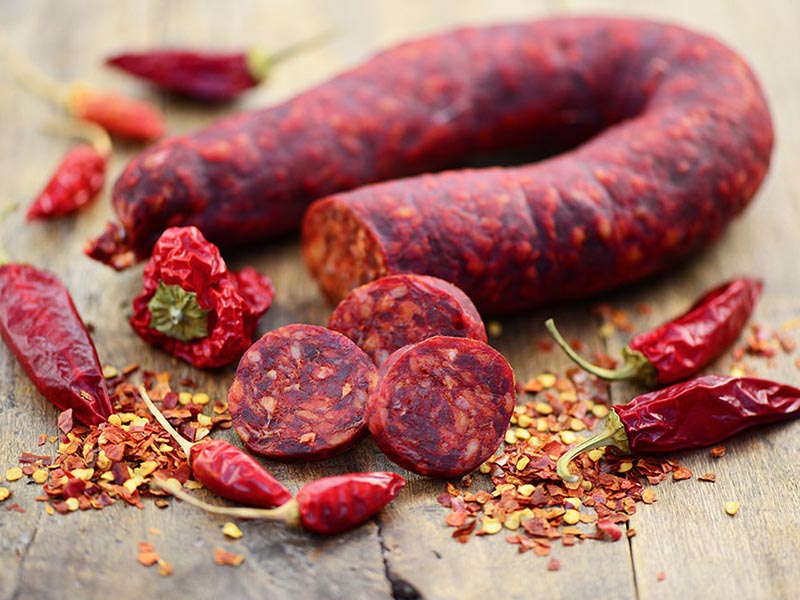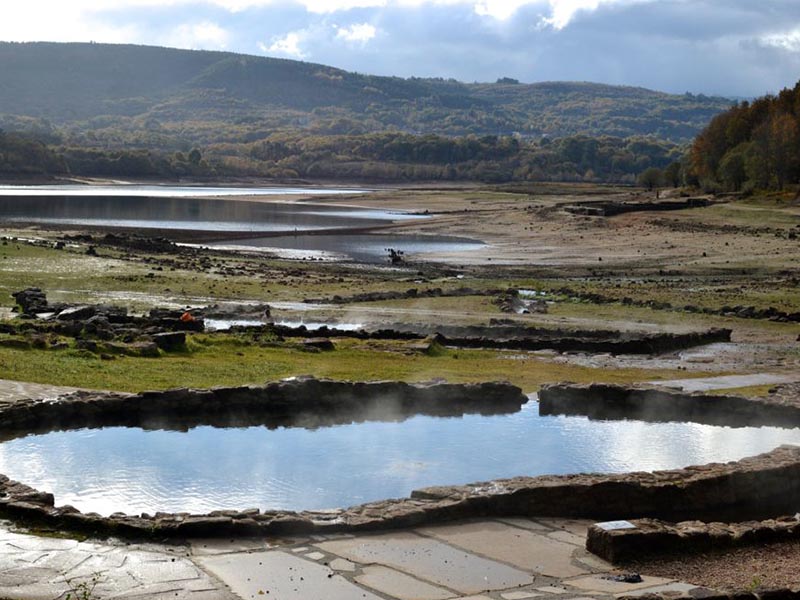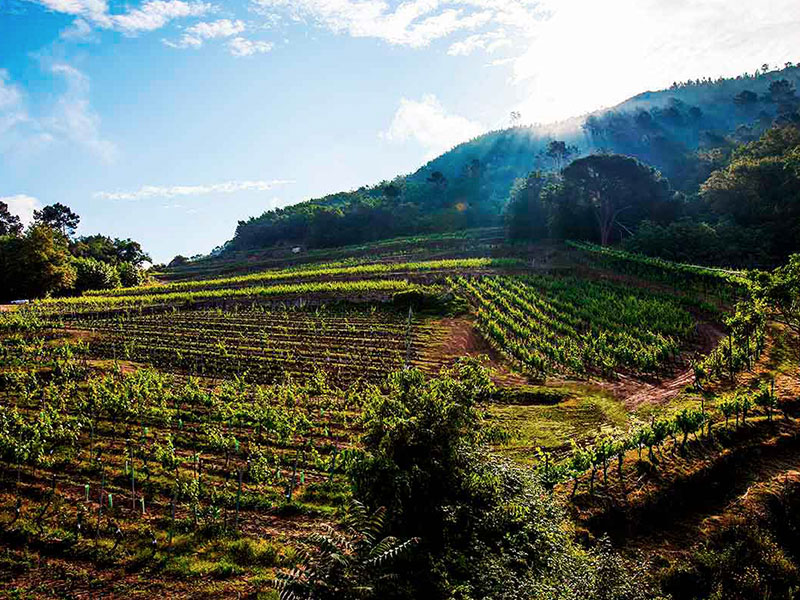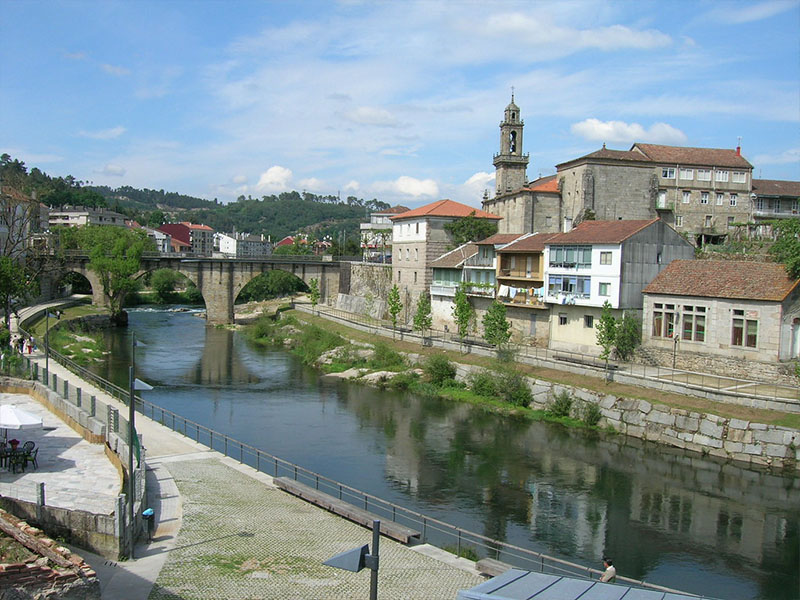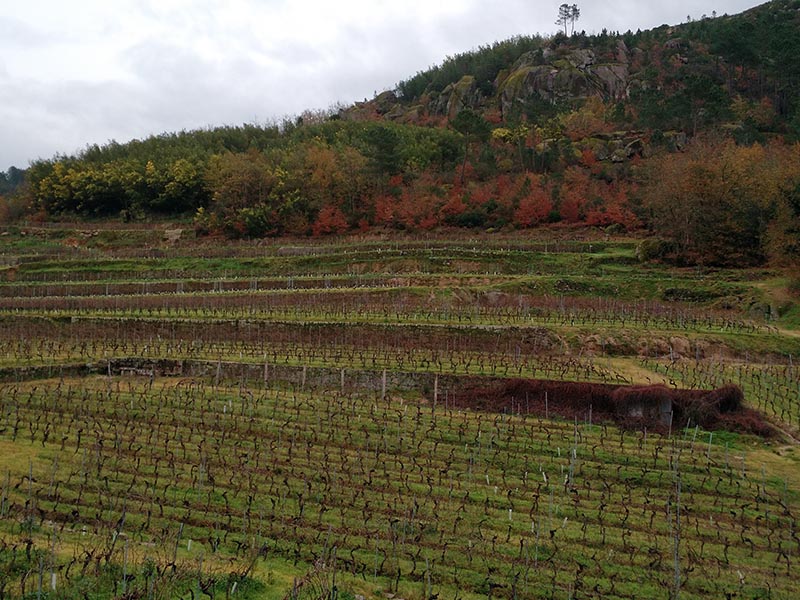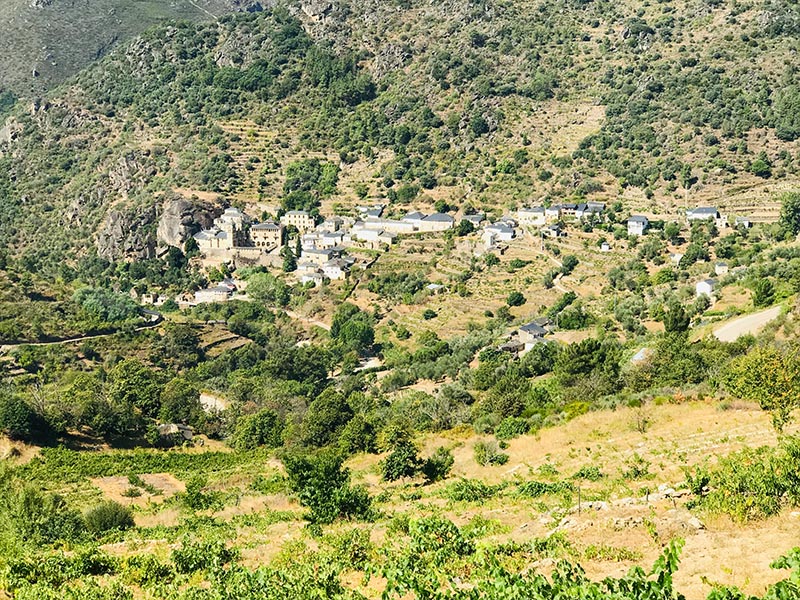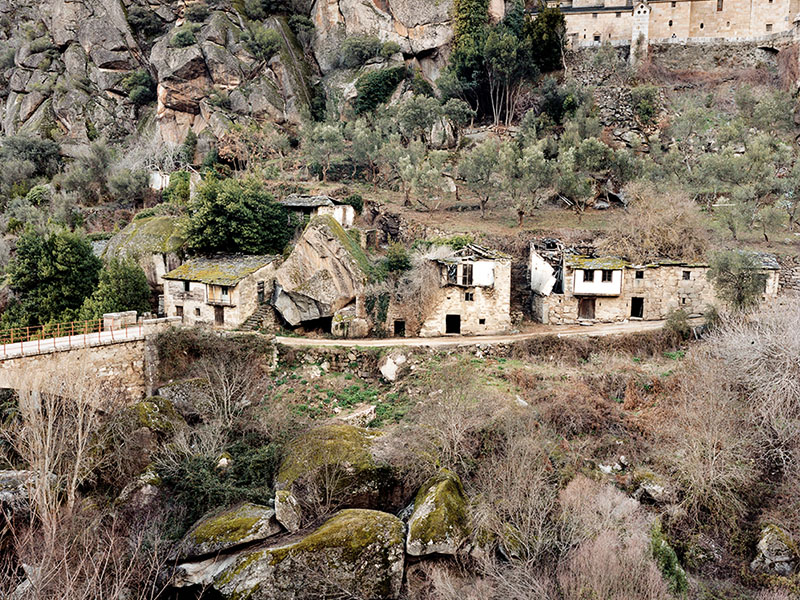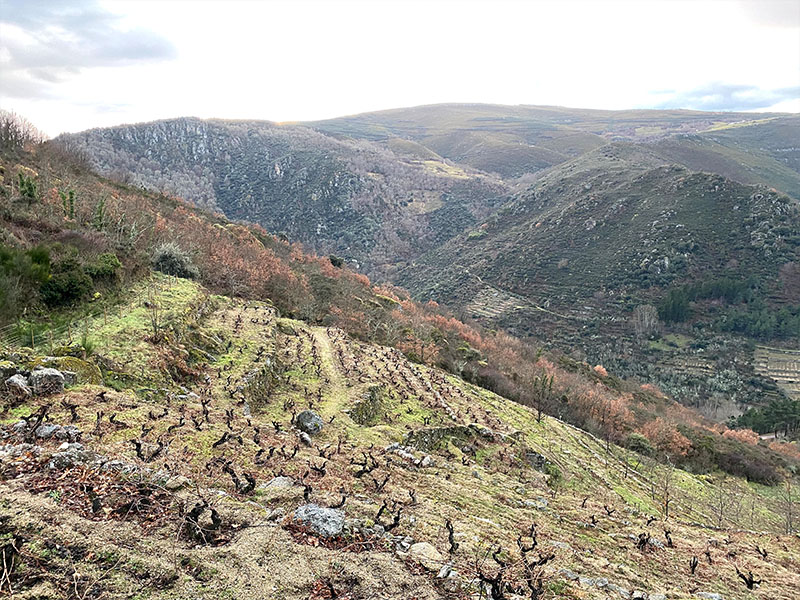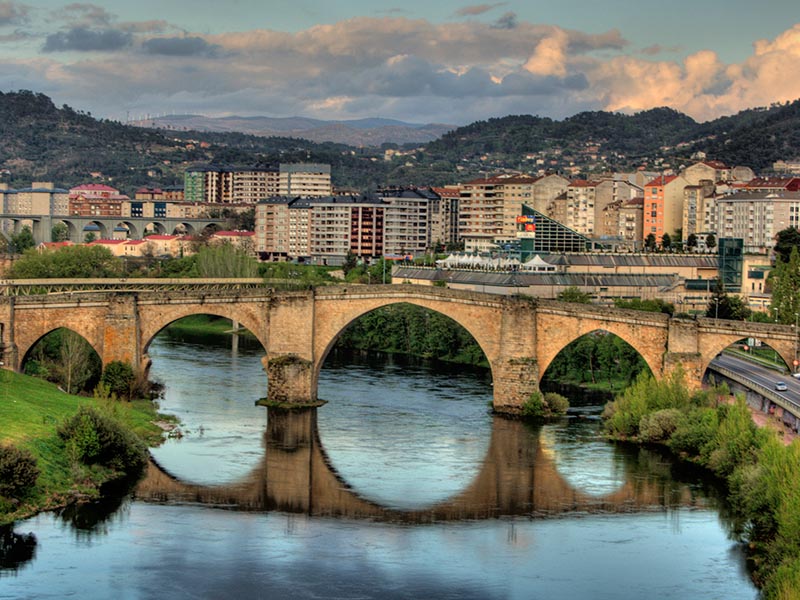Add your feed to SetSticker.com! Promote your sites and attract more customers. It costs only 100 EUROS per YEAR.
Pleasant surprises on every page! Discover new articles, displayed randomly throughout the site. Interesting content, always a click away
Warning: Undefined variable $pay in /home/setstick/public_html/read.php on line 299
Warning: Undefined variable $pay in /home/setstick/public_html/read.php on line 330
De Maison Selections
Responsibly Sourced Wines, Ciders and SpiritsCognac 15 Apr 2025, 6:30 pm
Cognac
Western France
Doubtless the most famous brandy in the world, cognac is a spirit from the commune of Cognac, made with grapes grown in the Charente and Charente-Maritime departments. Located north of Bordeaux along the Gironde estuary, cognac (the spirit) became internationally known thanks to its location along the navigable Charente river, which opens out to the Atlantic between Île d’Oléron and La Rochelle, offering opportunities for trade with the United Kingdom and northern Europe. Those relationships were established long before the brandy came into renown, as much of the surrounding area had been ruled by the Angevin Empire, which controlled most of England, Normandy, and western France down to the Pyrenees.
In the early modern era, enterprising Dutch wine traders set up shop in the port cities along France’s west coast, and their dual technologies of land reclamation and distillation followed. These merchants created export markets for sweet wines fortified with brandewijn (‘burnt wine’ in Dutch) for strength and stability, as was the preferred style at the time—likely the ancestor of pineau des charentes, which remains popular in the Low Countries to this day. Shifts in political and economic circumstances eventually diminished this fortification industry, but the stills remained, along with vineyards planted for yield rather than quality. After the Nine Years’ War, the Dutch were expelled and supplanted by British merchants, who, along with newly-empowered domestic French distillers, elevated the reputation of these brandies, now enjoyed in their own right. As with many other commodity goods, the wealth of the British established and reinforced the high regard and regional specificity of cognac, which it still benefits from today.
The Cognac AOC’s crus radiate outward roughly from the town of Cognac—the small, elite trio of Grande Champagne, Petite Champagne, and Borderies at the center, then into Fins Bois, and beyond into Bons Bois and Bois Ordinaires. The former three represent traditionally the most desirable vineyard land, with favorable microclimates and limestone and chalk soil, while those qualities are perceived as less prevalent further outward. Notably, while there is some correlation between soil type and cru, one will note that the proximity to Cognac’s port on the Charente (and therefore, more economical shipping to wealthy export markets, ensuring a quicker return on investment) is at the center of the most highly-regarded subregions.
The principal grape used for cognac production is Ugni Blanc, the local name for Italy’s Trebbiano, which must comprise 90% of the blend to qualify as cru cognac (Colombard, Folle Blanche, and other less common grapes are also permitted). Ugni Blanc’s potential for acidity is its defining characteristic, which is highly desirable for a wine destined to be distilled. This quality is enhanced by the soils of the most well-regarded vineyard sites, with their preponderance of chalk and limestone.
Once picked, the grapes are pressed and fermented with native yeast. Sugar and sulfur additions are not permitted—at this point in the process, the product is de rigeur organic. The resulting dry, thin, highly acidic wine is not desirable, though all of these are assets at distillation time, creating reactions with the copper Charentais alembic stills that are beneficial to the taste and aroma of the resulting eau-de-vie. This nascent cognac must be double-distilled, multiplying the alcoholic strength of the base wine by a factor of ten, to around 70% by volume.
Aging is done exclusively in oak casks grown in the nearby Tronçais and Limousin forests. Wood staves for the barrels are seasoned through exposure to the open air for at least eight seasons. Barrels are constructed and toasted to the desired specifications by local tonneliers. The eau-de-vie becomes cognac only after two years in barrel, at which point it qualifies as a VS. The youngest brandy in a given blend defines the age designation: four years for VSOP, six for Napoléon, and ten for XO.
Cognac is big business—the numbers that define the industry are astounding. 98% is exported, mostly to the US and China. 90% of market share is held by just four multinational companies, with the vast majority of that being just one brand. 98% of eau-de-vie production destined to become cognac is made by négociants who do not age or bottle their own brandy. That spirit will be blended with dozens of others of varying vintage, representing perhaps hundreds of vineyards, in the pursuit of a finished cognac that is nearly indistinguishable from year to year, thanks to the skill of a master blender.
Of course, there are notable exceptions hidden within the remainder of those percentages. Our own Bourgoin stands in defiance of almost all other cognac—a fully estate product, where viticulture, vinification, distillation, aging, and bottling are all performed on site. Where, furthermore, each bottling is of a single vintage and single vineyard, unblended geographically or temporally. Unlike the goal of the larger, mainstream brands of consistency above all, Bourgoin is a clearly agricultural product, proudly showcasing variation across vintages. Their quality instead depends on their uncompromising viticulture on deep chalky soils, distilling savoir-faire gained through generations of practice, and barrel wood selected by Frédéric Bourgoin himself based on grain width and the soil type the tree grew in. While, as a baseline, cognac is a delicious spirit, this level of passion and intentionality elicits a product that is simply far more compelling than the overwhelming majority of the category.
Our Cognac
Beaujolais 11 Feb 2025, 8:53 pm
Beaujolais
Eastern France
Beaujolais is an incredible wine region in the midst of an evolution, with the third wave of young and energetic producers taking the lead in family businesses that stretch back for generations. The region’s strength lies in its great diversity of soil types, elevations, and exposures, allowing for an impressive array of expressions to be made with two primary grapes: the red gamay (98% of plantings in the region) and white chardonnay.
Beaujolais begins at the southern end of the Mâconnais, and while it is officially a defined subregion of Burgundy, it is, like Chablis, generally considered distinct from it. Extending southward 55km, Beaujolais hugs the west bank of the Saône, terminating just north of its confluence with the Rhône River at Lyon, where the Northern Rhône wine region begins. Beaujolais is divided into 10 crus in addition to the Beaujolais AOC and Beaujolais-Villages AOC, altogether boasting 300 defined soil types.
Beaujolais is often associated with its signature vinification style—carbonic maceration, specifically, whole-cluster, partial-carbonic maceration. Through this method, intact clusters of grapes, hand-picked off the vine, are piled in a concrete or stainless steel tank that is then sealed off to the open air. The weight of the clusters causes those at the bottom of the tank to burst and begin spontaneously fermenting, emitting CO2 that penetrates the thin skins of the gamay grapes higher up in the tank. This causes intracellular fermentation inside of those grapes, due to the absence of oxygen. Carbonic maceration elicits lip-smacking, fruity flavors, emphasizing some of the best qualities of the gamay variety. The clusters will then be pressed, and conventional alcoholic fermentation via yeast will proceed, developing secondary flavors and complexity.
There is no tendency to a certain aging regimen; winemakers will utilize stainless steel, concrete, or old or neutral barrels to best support the wine. While the vast majority of AOC Beaujolais wines and of course, Beaujolais Nouveau are intended to be drank young, much cru Beaujolais can mature very nicely if well-cellared—at their best, approaching Burgundian pinot noirs in subtlety and complexity.
Beaujolais Blanc shares much with chardonnay from the Mâconnais, with which it overlaps, but can vary based on soil type. The tendency of style is toward freshness, eschewing malolactic fermentation and new oak-aging. Rosé is made, but rarely, retaining many of the characteristics of red-vinified gamay.
We are following the story and supporting the work of young vignerons in the Beaujolais region who are collaborating, pooling resources, trading expertise and equipment, and working their vineyards in a respectful, organic way. This communal atmosphere, along with an openness to change and progressive ideals has created an electric feeling, which makes Beaujolais one of the most exciting French regions to watch.
Beaujolais Crus (from north to south)
FLEURIE
North of Morgon, east of Chiroubles and west of Moulin-à-Vent. 90% pink granite, sandy at the surface. 340m elevation, up to 425m. Vineyards sheltered from the massif by the Avenas, Durbize and Labourons ranges, giving delicate, floral, elegant medium-bodied wine that has the potential to be more robust in certain years.
Wines from Fleurie
CHIROUBLES
Wedged between Morgon and Fleurie. Highest vineyards in the AOC, approaching 600m above sea level, with grades up to 30%. Lots of freshness but also good ripeness due to sun exposure. Generally the last cru harvested. All pink granite. Purple flowers, red fruit. Great pair for spiced or spicy food.
Wines from Chiroubles
BEAUJOLAIS-LANTIGNIÉ
West of Régnié, not yet a cru but due to be designated as one soon, with a goal of organic requirement for all wineries. 300-450m elevation. Pink granite on the east side and volcanic blueschist (pierres bleues) on the west. Great biodiversity and variety of exposures. Shares in the virtues of its neighboring crus, especially Chiroubles.
Wines from Lantignié
RÉGNIÉ
Northwest of Brouilly, west of Morgon, east of Lantignié. The newest cru, added in 1988. Red currant and raspberry, juicy with minerality, aromatic and accessible. 350-400m elevation. Believed to be the site of the first vines planted in the region, by the Romans.
Wines from Régnié
BROUILLY
Furthest south cru, south of Régnié and Morgon (though the Beaujolais AOC continues much further). Up to 300m. Largest cru, forms a loop around Mont Brouilly. Lots of soil variety: 46% pink granite, 4% blue stone, 50% combination of limestone, marl, clay, shale especially in the east. Round and smooth, defined by small red berries. Pairs with everything, ideal bistro wine.
Wines from Brouilly
CÔTE DE BROUILLY
A UNESCO global geopark, 300-450m elevation up the mountain, surrounded by the lower Brouilly cru. The highest proportion of blueschist in Beaujolais (40%) with 24% granite. Typically a mild, sunny climate, with soils heavily affected by ancient volcanic activity. Wines show notes of black pepper, small black berries, minerality, even a touch of grip—hinting at Northern Rhône profiles.
Wines from Côte de Brouilly
Spirits from Beaujolais
Bordeaux 28 Jan 2025, 7:59 pm
Bordeaux
Western France
Bordeaux is renowned for its wine, historic architecture, and cultural heritage, boasting the second-most monuments in France after Paris. It is also a modern and vibrant city, known for its university research, large student population, and being a strategic hub for the aeronautics, military, and space sector.
The Bordeaux wine region is the largest AOC in France, producing a wide range of wines, including red, white, rosé, sweet, and sparkling wines. It is second in production, only behind the Languedoc-Roussillon.
The region is nestled around the confluence of three rivers: the Garonne, the Dordogne, and their common estuary, the Gironde, which flows into the Atlantic. These rivers split the area into three typically recognized sections.
› The Left Bank (of the Garonne and the Gironde): Médoc, Graves
› The Right Bank (of the Dordogne and the Gironde): St-Émilion, Pomerol
› Entre-deux-Mers, or “between the seas” (between the fork of the Garonne and the Dordogne, south of the Gironde)
Bordeaux experiences a maritime climate influenced by the Atlantic Ocean and the Gironde estuary, which helps protect the vineyards from extreme weather. The climate shifts to more continental while moving east and more inland.
The region’s diverse soils, terroirs, and grape ripening times encourage the practice of assemblage, blending different grapes for complexity and insurance against weather challenges. The blend proportions vary, with Cabernet Sauvignon dominant on the Left Bank and Merlot and Cabernet Franc on the Right Bank. Sémillon, Sauvignon Blanc, and Muscadelle are the primary varieties of Bordeaux white and sweet wines. Oak aging in 225-liter barrels is also a common practice.
The Left Bank, known for red wines, includes prestigious communal appellations and is recognized for its well-drained gravelly soils ideal for Cabernet Sauvignon.
The Right Bank has a long history predating the development of the Médoc region, known for Merlot-based blends being the home of highly-prized estates.
Viticulture in Bordeaux dates back to the 4th century, with significant development in the Médoc area by the Dutch in the 1600s. Bordeaux’s commercial wine success is partly due to its historical English ties and strategic trading position. The 18th-century emergence of a merchant class, including négociants and courtiers, played a key role, particularly in the en primeur sales system, where wines are sold while still in barrel providing early access and price advantage prior to their release to the market.
Modern Bordeaux features a contrast between the affluent, technologically-advanced estates and smaller, modest ones. It takes tenacity and courage to exist outside the tightly manicured and controlled world of the Bordeaux négociants and La Place de Bordeaux.
We are proud to represent independent producers/growers driven by authenticity and terroir with alternative perspectives.
Aragon 13 Oct 2023, 9:47 pm
Aragón
East-central Spain
Split across the middle by the Ebro River, the autonomous community of Aragón descends from the historical County of Aragón, first documented in 828. The subsequent Crown of Aragón eventually grew to be a significant Mediterranean power in the 12th century, and reached its zenith in the 15th, encompassing most of eastern Spain, the Balearic Islands, Corsica, Sardinia, Sicily, the southern part of the Italian peninsula, and beyond. After the merging of the kingdoms brough on by the marriage of Ferdinand of Aragón to Isabella of Castile, and the subsequent Reconquista, the shape of the modern Spanish nation-state took form.
Today’s Aragón is one of the least densely populated parts of Spain, with roughly half of its residents living in and around the capitol, Zaragoza, with smaller population centers in Huesca, Teruel, and Calatayud separated by vast swaths of countryside dotted with tiny rural hamlets. The variety of landscapes that comprise this countryside, however, is as wide as can be seen in any one nation, ranging from glaciated peaks in the Pyrenees in the north, descending into the sem-arid Monegros Desert, and south to scrubby steppes with lunar-like rocky outcroppings. Some of Spain’s most impressive vistas are contained in Aragón, as well as production of some of its most prized agricultural and pastoral items, like black truffles, Arbequina olive oil, and jamón ibérico. The built environment is impressive as well, notably the multicultural Mudéjar architecture of the post-Reconquista years.
Heavily affected by the Sistema Ibérico range to the west of the Ebro valley, viticulture in Aragón’s continental climate is an exercise in balancing extremes, as viticultores are confronted by wide diurnal shifts presented by the high median elevation, early- and late-season frosts, and uneven, Mediterranean-affected rainfall. As the ancestral home of the garnacha variety, the grape dominates production in Aragón, and transparently displays the varied terroirs of the region. Other indigenous varieties like moristel and miguel de arcos are found, as well as cariñena, tempranillo, and some international grapes.
Valencia 30 Jun 2021, 6:39 pm
Valencia
Southeast Spain
The Comunidad of Valencia is located along the sunny Mediterranean coast of eastern Spain, south of Barcelona, centered around the primary city, also named Valencia. The Mediterranean Sea is a primary influence on the region, as is its mountainous interior. Valencia’s climate is perfect for ripening both grapes and oranges, for which the region is most famous, and the local fish and shellfish are centerpieces in their iconic paella.
Within Valencia’s boundaries are three DOs: Alicante, Utiel-Requena, and Valencia, with Alicante the furthest south and Utiel-Requena in the interior. Only Utiel-Requena is one contiguous piece; both Alicante and Valencia are composed of separate portions linked by legislature and tradition, rather than direct geographical proximity.
The Valencia appellation is physically spread out and occupies two noncontiguous regions. Valencia has four distinct subzones, each with its own personality. Alto Turia, Valentino, and Moscatel are all situated to the northwest of the city, with Clariano in the south, close to Alicante. In terms of grape varieties, diversity is a strength in the region.
Valencia’s terrain and geology are quite diverse and it cultivates a range of varieties, many of these specific to their subregions.There is no single dominant player, with a wide array of the indigenous and imported grape varieties being utilized. White grapes primarily consist of the widely-planted indigenous Merseguera variety, along with Macabeo, Malvasia and Chardonnay, among others. Red wines are made from Garnacha and Syrah, along with Monastrell, Bobal, and Mandó. The usual suspects of Cabernet Sauvignon, Merlot, and Sauvignon Blanc can also be found, but are steadily losing ground to indigenous varieties.
In the west is the vast and arid Castilla-La Mancha DO, making Valencia a transitional area between the coast and the high desert plains of Central Spain. The result is a remarkable diversity of terrain and climate conducive to various wine styles and expressions.
The soils of Valencia are also very diverse, but the region is generally characterized by varying combinations of sand, limestone, and clay. Climatically, the area is warm-to-hot, with low rainfall, but when it does rain, it can be torrential. This heat is mitigated by regular sea breezes along the coast and by higher elevations in the west. Though the entire region is classified as Mediterranean in climate, the western mountainous areas are more continental, with less humidity and broader swings between day and nighttime temperatures, which can produce wines with more acidity and finesse.
Per Wines of Spain’s 2016 statistics, the Comunidad Valencia’s planted hectares are divided into 9,166 hectares planted in DO Alicante, 34,000 hectares in DO Utiel-Requena, and 18,060 hectares in DO Valencia. Valencia is responsible for 5% of Spain’s enological output and is the fourth most widely planted of the country’s 17 autonomous regions, with a reported 61,226 hectares under vine (2015/16).
Southwest France 24 Jun 2020, 5:24 pm
Southwest France
Southwest France does not refer to a coherent wine region, rather it is a disparate collection of wine regions in the southwestern quadrant of France that are not part of Bordeaux. Some, like the Côtes de Duras and the Côtes de Marmandais, can be characterized as Bordeaux-adjacent, both in their geography and in their style. But the majority truly have their own identity, and Southwest France as a category cannot be thought of as anything other than purely practical. Beyond just wine, Southwest France lacks a unifying geographical or political theme.
If one were forced to generalize, one could say the whole of the Southwest is, on average, a land of gentle temperatures, without too many extremes. Winter snow is rare throughout. Summers tend to be warm or even quite hot, followed by sunny autumns that are crucial for ripening.
Much of the regions fall into the Aquitaine basin, where the rivers drain into the Gironde estuary near Bordeaux. Climatic influences come from both the Mediterranean and the Atlantic, with the relative amount of each depending on the region’s position; the influence of mountain ranges also plays a large part.
Starting furthest east, the wine regions of the Aveyron abut the Massif Central, and are very much influenced by the cold air coming off that mountain range. The most famous wines from this area are the fer servadou of Marcillac grown in iron-rich soils.
Around the city of Toulouse, along the Tarn and Garonne rivers, are regions such as Gaillac and Fronton, where the Mediterranean influence is most pronounced. Hot, sunny summers combine with a wealth of indigenous grape varieties (duras, mauzac, prunelart, négrette, and many more) to create distinctive wines in a wide variety of styles.
Further north is the storied appellation of Cahors, where cot grows in gravelly soils along the deep bends of the Lot River. Closer to Bordeaux we find the Bergeracois, Duras, and Marmandais, where grapes and styles tend to resemble their famous neighbor.
About 150km south of Bordeaux, on the edge of the Aquitaine basin, is the area of Madiran, reputed for its powerful and rustic tannat wines.
The remaining areas of Jurançon and Irouléguy are implanted in the foothills of the Pyrénées. Jurançon is known for its sweet wines, produced without botrytis. This is possible due to its famously warm and sunny autumns and especially, the warm wind from the south called the Foehn that allows the grapes to hang on the vines without rotting into December.
Finally, in the French Basque country, right by the Spanish border, the small appellation of Irouléguy produces red wines based on the tannat variety and, increasingly, enchanting whites based on grape varieties shared with Jurançon.
Jurançon
(ju-rawn-son)
Nestled in the foothills of the Pyrénées mountains, Jurançon is famous for its many unique characteristics. It enjoys a singular growing season due to its maritime climate combined with the effects of a warm wind known as the Foehn. This dry wind allows the grapes to be harvested very late in the season.
Indeed, grapes can be dried directly on the vines well into December without any rot. Drying grapes directly on the vines gives Jurançon producers an unparalleled ability to make concentrated sweet wines.
The region gained great fame for these sweet wines during the rule of Henri IV. The wines have not enjoyed much fame since, but neither did the region fall into obscurity. Discerning wine lovers have always sought them out, and in France, they have a reputation as the perfect match for foie gras and as such are often consumed around the holidays. The region obtained appellation status in 1936, becoming one of the first appellations in France.
Jurançon is about 40 kilometers long and follows the Gave de Pau River. Many smaller rivers flow into the Gave de Pau, each one creating its own unique microclimate. These microclimates, coupled with different soil types along the north to south axis, create diverse styles of wines. In the north, the soils tend to be clay covered with rocky topsoils. In the south, the soils change and are marked by sandstone (marne or grès) and a clay-calcareous mix.
There are two official classifications for wines from this region. Jurançon Sec (dry) is the name for wines with less than 4g/L of residual sugar. To be called just Jurançon (the sweet category), the wines must contain a minimum of 45g/L of residual sugar. Additionally, unofficial terms such as Vendanges Tardives denote wines with very high levels of sweetness, made from grapes picked very late in the season.
There are three main grape varieties: gros manseng, petit manseng, and petit courbu. Gros manseng and petit courbu are generally associated with the dry style and petit manseng with the sweet style. There are also many long-forgotten grapes that sometimes appear in blends in small proportions, such as courbu, lauzet, and camarlet.
Rhône Valley 18 May 2020, 8:11 pm
Rhône Valley
Southeastern France
The Rhône river originates high in the glaciers of the Swiss Alps and flows by such cities as Geneva, Lyon, and Avignon on its way down to the Mediterranean. Navigable from Lyon to the ocean, the Rhône has historically been a hugely important transportation corridor, and remains so today with important highways and train lines running through its valley. It’s therefore not surprising to hear that the hillsides along the river have been planted with vines since at least Roman times, and likely even before.
Two very distinct regions make up the Rhône wine region. In the northern Rhône, syrah rules. Here the valley is narrow, and the hillsides on either side are steep. The climate is semi-continental, with the merest hint of Mediterranean influence. The Northern Rhône is the home of such fabled appellations as Côte Rotie and Hermitage. Despite the fame of the red wines from this region, other styles are made too, such as the rich viogniers of Condrieu and the sparkling wines of St. Péray. Special mention should also go to the vineyards of Seyssuel, directly across the river from Côte-Rotie. This historically significant area is currently being revitalized and is expected to gain AOP status in the coming years.
Heading south, between Valence and Montélimar there are hardly any vineyards, save a small area called Brézème. Then the valley becomes much broader and the climate changes to warmer, drier, Mediterranean type. Grenache takes over as the dominant grape, though tens of different varieties are grown, with mourvèdre, syrah, and cinsault playing the most prominent supporting roles.
The southern Rhône encompasses a huge area and accounts for 95% of the whole region’s output. There is a well-defined hierarchy to the vineyards here: the most basic wines fall under the umbrella of Côtes du Rhône. One step up is Côtes du Rhône Villages, then Côtes du Rhône Villages with a named village. Finally there are the crus that get their own appellations, such as Rasteau, Gigondas, Tavel or, most famously, Châteauneuf-du-Pape, with its powerful, brooding, long-lived reds. Each of these have their own, more stringent production rules.
Also included in the Rhône wine region are a handful of outlying areas: Duché d’Uzès, Costières de Nîmes, Lubéron, and Diois to name a few. Geographically and stylistically, they are a bit further afield, but administratively they are all contained within the big tent of the Rhône.
Crozes-Hermitage
(krohz ehr-mee-tahj)
Crozes-Hermitage is an appellation that should probably be split in two, due to the contrast between its sub-zones.
The appellation essentially surrounds the hill of Hermitage. To the south is the plain, called the Terrace de Chassis. The land here is fairly flat, with the soil consisting of galets, alluvial stones like those found in Châteauneuf du Pape. The vines share land with fruit trees (which are irrigated), and it is one of the hotter areas of the northern Rhône. Vineyard work is mechanizable on the plain, and this is where much of the wine of the appellation is made.
The northern sector is all steep hills, granite soils, and cooler temperatures. In many places, the soils and exposures are the same as Hermitage.
Wines from the southern sector have a tendency to be fruitier, softer, and more accessible at a younger age. The wines from the northern sector by contrast tend to be harder, darker, and more tannic, needing more time to fully develop.
Côte-Rôtie
(koht roh-tee)
Côte-Rôtie means “roasted hillside,” so named because of the amount of sunshine it receives. At its best, this region in the Northern Rhône produces powerful yet elegant syrah wines (often tempered with a bit of viognier) capable of aging. The vineyards are planted on very steep south and southeast facing slopes overlooking the Rhône, up to 350m elevation. These vineyards are terraced due to the steep grade, and the vines are often trellised with three stakes in a method called trépied. This is due to the slope and also the strong, dry, northern winds that often blow. Côte-Rotie is usually divided into the Côte Blonde in the south (mostly gneiss) and the Côte Brune in the north (darker, iron-rich mica-schist).
Vinsobres
(van-sobr)
Vinsobres has only been its own appellation since 2005 – before that, it fell under the umbrella of Côtes du Rhône Villages. This is a relatively cool, fresh area, right at the edge of the foothills of the Alps, but protected from the most intense effects of the mistral. The vineyards are planted up to 400m elevations along a southeast-facing limestone hillside, with soils ranging from stony to sandy. Only red wines are produced in Vinsobres, with grenache (minimum 50% of any blend), mourvèdre, and syrah playing the dominant roles. A host of other grapes (including some white wines) plays a supporting role.
Côtes du Rhône
(koht du rohn)
This broad appellation covers the viticultural areas of the southern Rhône that do not fall under the designation of Côtes du Rhône Villages or other specific appellations. Stretching over 200km from north to south across a big swath of geographical zones, it is hugely varied and resists any generalization. That said, the vast majority of the wines from the area are red, and grenache and syrah are the dominant grapes. The climate is mostly Mediterranean, though that influence wanes the further north you get. Additionally, an important factor throughout the region is the mistral, the cold, north winds that blow through the valley.
Wines from Côtes du Rhône
Basque Country 13 May 2020, 10:32 pm
Basque Country
Northern Spain
Spanning the border between southwestern France and northeastern Spain, the Basque Country is a land unto itself, with a distinctive culture and an ancient language. The native name of the region is Euskal Herria, literally translated as “the land where people speak Basque.” Archaeological and historical records indicate that the origin of the Basque people dates back to the stone age. Despite the antiquity of the Basque, the mountainous, coastal topography has evolved a fragmented culture, one that didn’t have a unified language until the 1950s. The Basque people have always been fiercely independent; since revolts against imperial Rome, they embrace and preserve their unique culture and traditions against all odds. Intense respect and love for quality and craftsmanship in all things has evolved the region into one of the world’s most unique and revered gastronomic cultures.
To be Basque is to love the food and products which have evolved over the centuries to become essential ingredients for top chefs around the world. It is this deep respect for quality and dedication to the refinement of ideas which has driven the region to greatness on an international scale.
The land of the Basque Country stretches from the Ebro river in Rioja to the Atlantic coast into France following the Bay of Biscay. From rolling hills to steep mountains and coastal fjords, it is a harsh, rugged, and intensely beautiful land. The influence of the Bay of Biscay is felt in both the cool, damp climate and abundance of ingredients from the sea. Seafood forms the traditional backbone of Basque cuisine, complemented by cured meats and fresh vegetables from the interior regions. Spain and France have both influenced the cuisine of the Basques, but that influence runs both ways; for this is the birthplace of pintxos and txokos, the Basque gastronomic societies, which number in the thousands. Donostia has long been the home of pintxo culture; it is where the small plate movement began and spread throughout the world.
Vermouth has also traditionally been a part of pintxos culture, which has been revived by this generation, after almost dying out. Traditional recipes are being produced once again by artisanal houses, with vermut de grifo, or vermouth on tap, taking its place at the beginning of the meal, opposite the incredibly popular Spanish Gin Tonic, which is traditionally consumed at the end. The social aspect and low alcohol of vermouth make it the perfect drink to consume with friends at the beginning of a meal, as a slightly sweet and bitter accompaniment to salty and complex Basque pintxos. Basque vermouth culture has quickly spread across the world with the proliferation of chefs trained in the Basque culinary tradition, radiating from the txokos.
Arabako Txakolina
(ah-rah-bah-koh chah-koh-lee-nah)
The newest of Spain’s txakolina D.O.s, Arabako was formed in 2001. The vineyard sites are located within the valley of Ayala that is comprised of the municipalities of Llodio, Amurrio, Okondo, Artiziega, and Aiara. Production of wine in this ancient area dates back to 760 AD, but in the 19th century the majority of the vineyards were wiped out by diseases such as phylloxera. Modernization and replanting began in the late 1980s and today there are 100 hectares.
Bizkaiko Txakolina
(bees-kahy-koh chah-koh-lee-nah)
Centered around Bilbao on Spain’s Atlantic north coast in the Bay of Biscay, this D.O. is as unique as the Basque culture which surrounds it. At the beginning of the 20th century, txakolina production in the areas surrounding Bilbao was almost extinct due to phylloxera and urban sprawl. In the late 1980’s, a small group of passionate agriculturalists, including Uriondo and Doniene Gorrondona, began to resurrect traditional Basque winemaking in the region. This groundbreaking work resulted in the revival of txakolina and creation of the Bizkaiko Txakolina D.O. in 1994. Cultivated on small holdings halfway up hillsides and protected from the north winds, vineyards are at altitudes between 50 to 200 meters above sea level.
Txakoli from Bizkaia
Getariako Txakolina
(geh-tah-ryah-koh chah-koh-lee-nah)
Founded in 1989, Getariako Txakolina is comprised of 450 hectares in the municipalities of Getaria, Zarautz, and Aia. The majority of the grapes planted in the region are Hondarribi Zuri and Hondarribi Beltza. The vineyard sites are greatly influenced by their proximity to the Atlantic Ocean. The soil is chalky with rich organic material.
Euskal Sagardoa
(eh-oo-skahl sah-gahr-doh)
The D.O.P. of Euskal Sagardoa was founded in 2016 to ensure the provenance of sagardo naturala, or “natural cider,” from the Basque Country. Ciders from this D.O.P. must be natural ciders, produced using traditional methods without the addition of sugars or carbonic acid, that are made from only native apples grown in the providence of Gipuzkoa. Extensive laboratory analysis is also used to enforce quality control and ensure that all ciders are free of additives and meet the requirements of natural cider.
Rioja 13 May 2020, 8:00 pm
Rioja
North-central Spain
Rioja is the oldest and most famous denomination of origin in Spain. Located in the northern part of the country and overlapping the three autonomous regions of La Rioja, Alava and Navarra, it is bordered on the north by the mountains of the Sierra Cantabria and to the south by the Sierra de la Demanda. The denomination is divided into three main viticultural sub-zones: Rioja Oriental, Rioja Alavesa and Rioja Alta.
A great deal of the wine produced in Rioja is traditionally made by large Rioja houses through the blending of grapes from all three sub-zones. The idea was, and continues to be, production of a house style that could be duplicated each year. Most of the vineyards of Rioja are owned and maintained by small local farmers known as cosecheros. It is these cosecheros who are changing the landscape of Rioja by coming out from under the shadows of the large operations to reveal the characteristics of their villages and sub-zones.
Rioja Alta
This sub-zone is located in the autonomous region of La Rioja. The clay calcareous soils bordering the river face north and, due to their highly acidic nature, tend to produce wines that are long-lived. Further south the soils are alluvial with ferrous outcrops producing less structured wines.
WINES FROM RIOJA ALTA
Rioja Alavesa
This sub-zone is in the Basque autonomous region known as Araba and follows the left bank of the Ebro river. The area is protected from the harsh northern climate by the Cantabrian mountain range. The vineyards here are generally south-facing with predominantly clay calcareous soils that are responsible for creating wines with great concentration and complexity.
WINES FROM RIOJA ALAVESA
Rioja Oriental
Located in the autonomous communities of La Rioja and Navarra, the vineyards in this area lie at the southernmost part of the D.O.Ca. The region starts at Logroño and continues south. Here the climate is very Mediterranean, with Garnacha being the predominant grape. The climate is generally warmer than in the rest of Rioja, and the soils are mostly alluvial in nature, with ferrous clay outcrops.
Grapes of Rioja
The grapes authorized by the denomination are Tempranillo, Garnacha, Mazuelo (Cariñena) and Graciano for the reds. Malvasia, Garnacha Blanca and Viura are also authorized as white grapes either for blending in reds or becoming white wines on their own. Other grapes are authorized as “experimental grapes” but cannot appear on labels.
Aging Requirements & Classifications
The denomination has established stringent labeling requirements to make consumers aware of distinct classifications of wines based on aging requirements. In the past, these aging requirements defined the quality levels of a wine, but today some wineries are ignoring these categories and placing more importance on vineyard location than aging. Many of these wines are listed as simple cosecha, or wines of the vintage, even though they are often aged several years before release.
All bottles are marked with an additional, color-coded consejo regulador label to signify their classification.
> Cosecha (green label)
These wines are traditionally those that have not been aged in oak and are released immediately after being produced. In recent years this category has come to also include wines that have been aged through methods other than those prescribed by the other classifications.
> Crianza (red label)
Red wines must be aged a minimum of two years with at least one year in 225L oak barrels. White wines must be aged at least six months in 225L oak barrels.
> Reserva (maroon label)
Red wines must be aged a minimum of three years with at least one year in 225L oak barrels. White wines must be aged a minimum of two years with at least six months in 225L oak barrels.
> Gran Reserva (blue label)
Red wines must be aged a minimum of five years with at least two years in 225L oak barrels and three years in bottle. White wines must be aged a minimum of four years with at least one year in 225L oak barrels.
Galicia 6 Dec 2019, 6:30 pm
Galicia
Northwest Spain
Galicia is not the Spain of popular conception, and it is a far cry from the image of sun-soaked beaches and paella many have. Cool, rainy, and green; Galicia’s climate influences derive from the Atlantic, not the Mediterranean. In its language, its culture, its geography, and even in the grapes grown here, this is a different side of Spain. Here the language spoken is Gallego, closer to Portuguese than Spanish.
The known history of the region begins with Finis Terrae, which was a pilgrimage route through Galicia following the Milky Way all the way to Fisterra (Finis Terrae), which in Roman times was believed to be the end of the known world; a magical place where the living could get closest to the land of the dead. The Artabri is the first known ancient Gallaecian Celtic tribe that once inhabited the area. They were followed by Phoenicians, Romans, and finally the Christian settlers from France who established the monasteries and religious orders which came to dominate the agricultural and economic landscape of Galicia.
Before the eighteenth century, everything belonged to the monasteries until an extended economic and social process of selling the lands and property of the religious orders to private individuals resulted in the distribution of tiny parcels of land to many owners. This process is significant, as it explains the current landscape where the average vineyard in the region is 0.4 hectare. After the Phylloxera epidemic, hybrid and high yielding grapes such as palomino were planted for weight. It wasn’t until the late 1970s and 1980s that the first generation of quality growers began replanting with indigenous grapes like albariño, loureiro, godello, treixadura, caiño tinto, espadeiro, loureiro tinto, and sousón, reclaiming the identity of the region.
In the seventeenth century, the practice of distilling wine pomace into spirits was carried to Galicia by monks along the pilgrimage route of the Camino de Santiago. The people of Galicia took to the practice of making pomace brandy, called orujo in Spain, and integrated it into their culture. Flavored orujos are also common in Galicia: Hierbas de Galicia feature a maceration of traditional herbs and are produced in dry or sweetened variants. The common regional practice of adding a splash of orujo to coffee inspired the creation of Licor de Café de Galicia, a coffee-infused orujo. The production and classification of all of these styles are overseen by the Orujo de Galicia Indicación Xeográfica denomination. The denomination requires the base alcohol to come from wine or pomace of the Galician denomination of origins of Rías Baixas, Ribeira Sacra, Ribeiro, Valdeorras, or Monterrei. Only small-scale, traditional distillation processes are allowed, and all orujos must undergo qualitative testing by the denomination.
Rias Baixas
(ree-ahs bah-ee-shahs)
This viticultural region takes its name from the estuaries that flow into the lower parts of Galicia. These waterways create a very unique ecosystem full of life, both in the ocean and on land.
The most famous of Galicia’s denominations, Rías Baixas has its roots with its founding in 1984. In 1988 three sub-zones were demarcated: Val do Salnés, Condado do Tea and O Rosal. Additional sub-zones were later introduced, with Soutomaior added in 1996 and Ribeiro do Ulla in 2000.
The denomination comprises 3,814 hectares and is predominantly planted with the Albariño grape variety. Other permitted varieties are Loureiro, Treixadura, Caíño Blanco, Souson and Caíño for the reds.
The soils range from decomposed granite, found predominantly in the Salnès Valley, to alluvial soils in the O Rosal and Condado sub-zones. The dominant Salnés sub-zone, where more than 50 percent of the vineyards are located, enjoys a unique orientation towards the sea and is protected by a range of mountains that inhibits the entrence of the fog. The proximity to the ocean creates a unique micro-climate, with sea breezes lending the wines their distinct flavor profiles.
The parcels in this region are extremely small and are owned by many small growers. This creates great challenges in producing wines of any significant quantity, especially when attempting to attain a quality product.
Ribeira Sacra
(ree-bey-rah sah-krah)
This area is named for the many chapels that dot the rugged landscape. Founded in 1996, the denomination currently comprises 1,270 hectares that are predominately planted with the Mencía grape. Extremely removed from the beaten path, this area was once famous for magnificent red wines. The incredible landscape, with its terraces cut out of the mountainsides, recalls an era in which labor was cheap and plentiful. Today, all that remains are very small plots maintained against the hardships of a demanding landscape.
There are two main rivers that define the area: the Miño River and the Sil River. The Sil River flows on an east-west axis and merges with the Miño River which flows on a north-south axis. These two rivers join forces in the center of the region and then flow into the Atlantic Ocean, creating the natural boundary between Spain and Portugal along the way.
This viticultural area contains five distinct sub-zones: Chantada, Riberas do Miño, Riberas do Sil, Amandi and Quiroga-Bibei.
The Chantada and Miño sub-zones are located along the Miño River and are characterized by a very wet climate. This is especially true of the Miño sub-zone. Carved terraces step down to the meandering river. This area is extremely humid and enjoys plentiful rain. Vegetation is abundant, with ferns growing alongside the vines. The soils tend to be composed of losa, a type of brown, decomposed slate.
On the Sil River we encounter the other three sub-zones. The first, on the south side of the river, is the Riberas do Sil. This area once had terraces planted all along the river, but few remain in use today. The area on the north (right) bank is the Amandi sub-zone. This is the most extreme of the sub-zones with terraces that jut down on 60 degree slopes. The soils here are also losa but vegetation is sparse. The vineyards have better exposure, facing south but receiving a great cooling and refractory effect from the river. Following the river west, the soils tend to have more granite, especially around the town of Doade, and the terraces become less steep. The easternmost sub-zone is the Quiroga-Bibei area. This area lies along the natural border with the Valdeorras denomination and is named after the Bibei River, which meets the Sil River here. The climate is completely different in this sub-zone, with much harsher and drier weather. Wild herbs such as rosemary, fennel and thyme grow throughout this area; the soils are a mix of granite and slate. Like the rest of the denomination, the vineyards are all terraces cut out of the mountainsides.
Ribeiro
(ree-beh-ee-roh)
Ribeiro is one of the oldest denominations in Galicia. The denomination has its origins in regional by-laws established in 1594 to govern the production and sale of wines from the area around the old market town of Ribadavia. The modern D.O., based around Ribadavia, was founded in 1956 and currently comprises 2,767 hectares. This old area was once known as the home of the longest-lived white wines of Galicia. Located on the Sil River, the town of Ribadavia rises up above the river with the old bodegas still standing in the town square. It was in these bodegas that merchants used to sell wine in barrels, roll them down the street to the docks, and load them onto the ships that would export them across Europe and even to the New World.
The predominant grape planted in the denomination is Treixadura. In addition to Treixadura, there are plantings of Albariño, Lado, Torrontés, Loureiro, Albilla for whites and Caiño for the reds. The soils here are predominantly granite. Temperatures can be quite high during the summer months. The vineyards border the rivers, where they are protected from the excessive heat of the valley floor, which tends to produce wines lacking freshness. Historically, the best vineyard sites are up on the hillsides where the cooler air refreshes the grapes and creates a longer growing season.
Valdeorras
(val-deh-oh-rahs)
One of Galicia’s more historically significant wine producing regions is Valdeorras, located at the eastern extremity of Galicia. Inhabited since pre-history, settlements in this area greatly expanded with the arrival of the Romans who came in search of metals and ore. They founded mines within the territory and used water to bore tunnels and extract slate. In the process, they built new towns, fortresses and trade routes and began planting grapes on the hillsides.
Made up of 1,300 hectares, this denomination was founded in 1977. The principal grape variety planted here is Godello but there are many plantings of other grapes such as Palomino Fino and Doña Blanca. These other grapes were planted mainly for their productivity and not their quality after the region was devastated by phylloxera in the late nineteenth century. There are also some plantings of Mencía and Garnacha Tintorera for reds. In the 1970s Godello was reintroduced to the region and then in 1985 a major study was undertaken to identify the original clones of Godello that were best suited to the area. This study allowed a replanting of Valdeorras based on quality as opposed to quantity.
There are several different viticultural areas or zones within Valdeorras, with the predominant ones sitting between the towns of O Barco and A Rúa. The other important area of cultivation surrounds the town of O Bolo. The soils tend to vary from slate in the O Barco-A Rúa area to granite in the O Bolo area. The best vineyards are those located above the rivers, since these benefit from a cooler climate.
Warning: Undefined variable $id in /home/setstick/public_html/read.php on line 516
Warning: Undefined variable $ttt in /home/setstick/public_html/read.php on line 516
Warning: Undefined variable $linkd in /home/setstick/public_html/read.php on line 516
Fatal error: Uncaught mysqli_sql_exception: Duplicate entry '/read.php?feed=https%3A%2F%2Fdemaisonselections.com%2Ffeed%2F' for key 'vin' in /home/setstick/public_html/read.php:518 Stack trace: #0 /home/setstick/public_html/read.php(518): mysqli->query() #1 {main} thrown in /home/setstick/public_html/read.php on line 518


